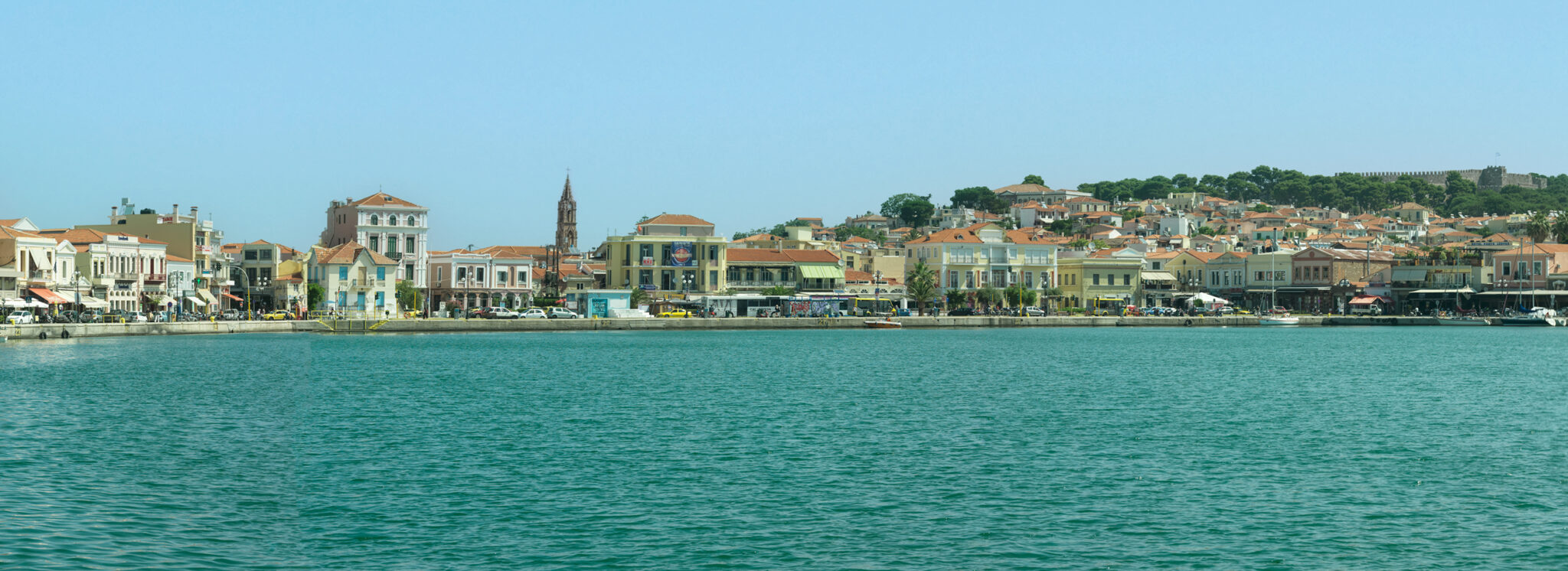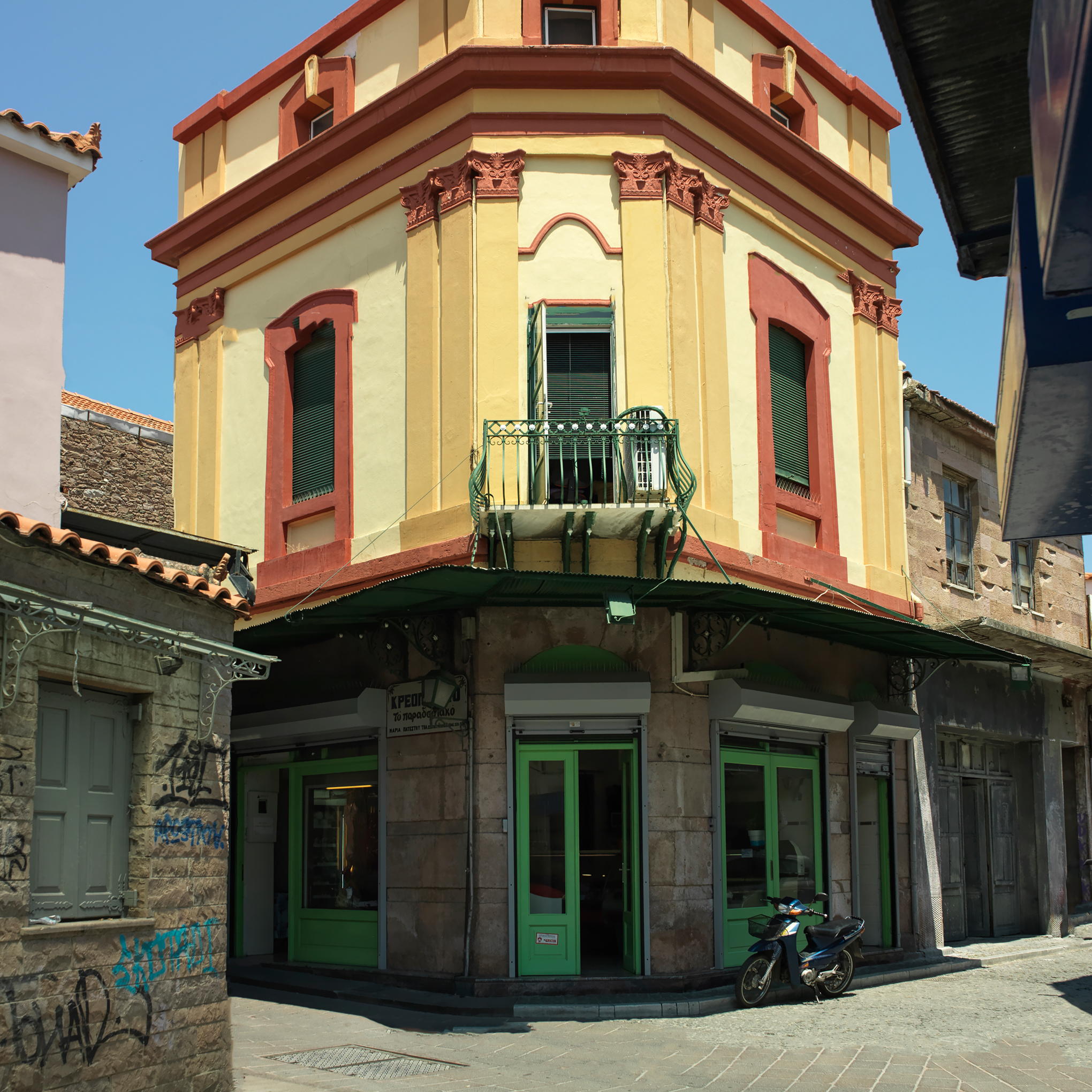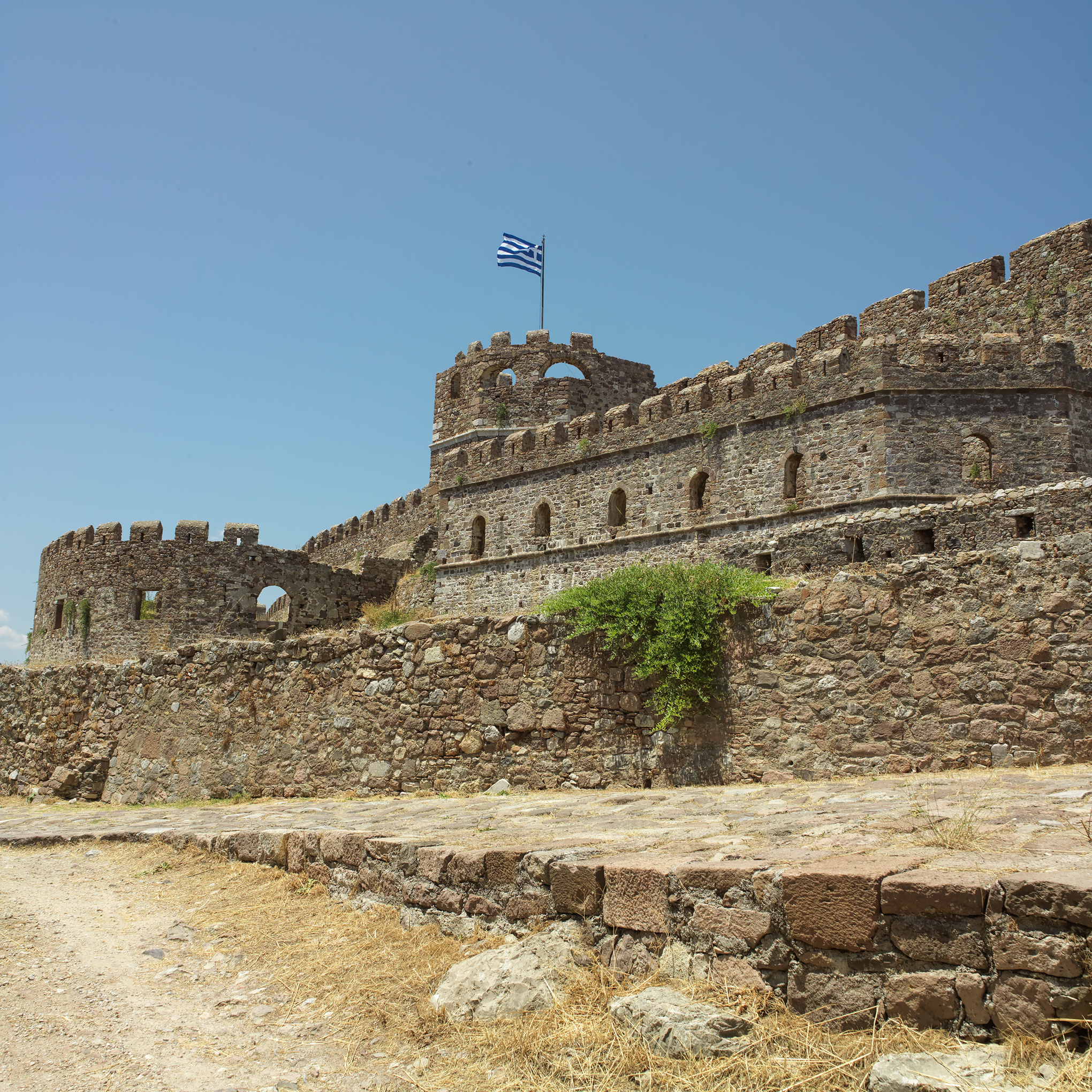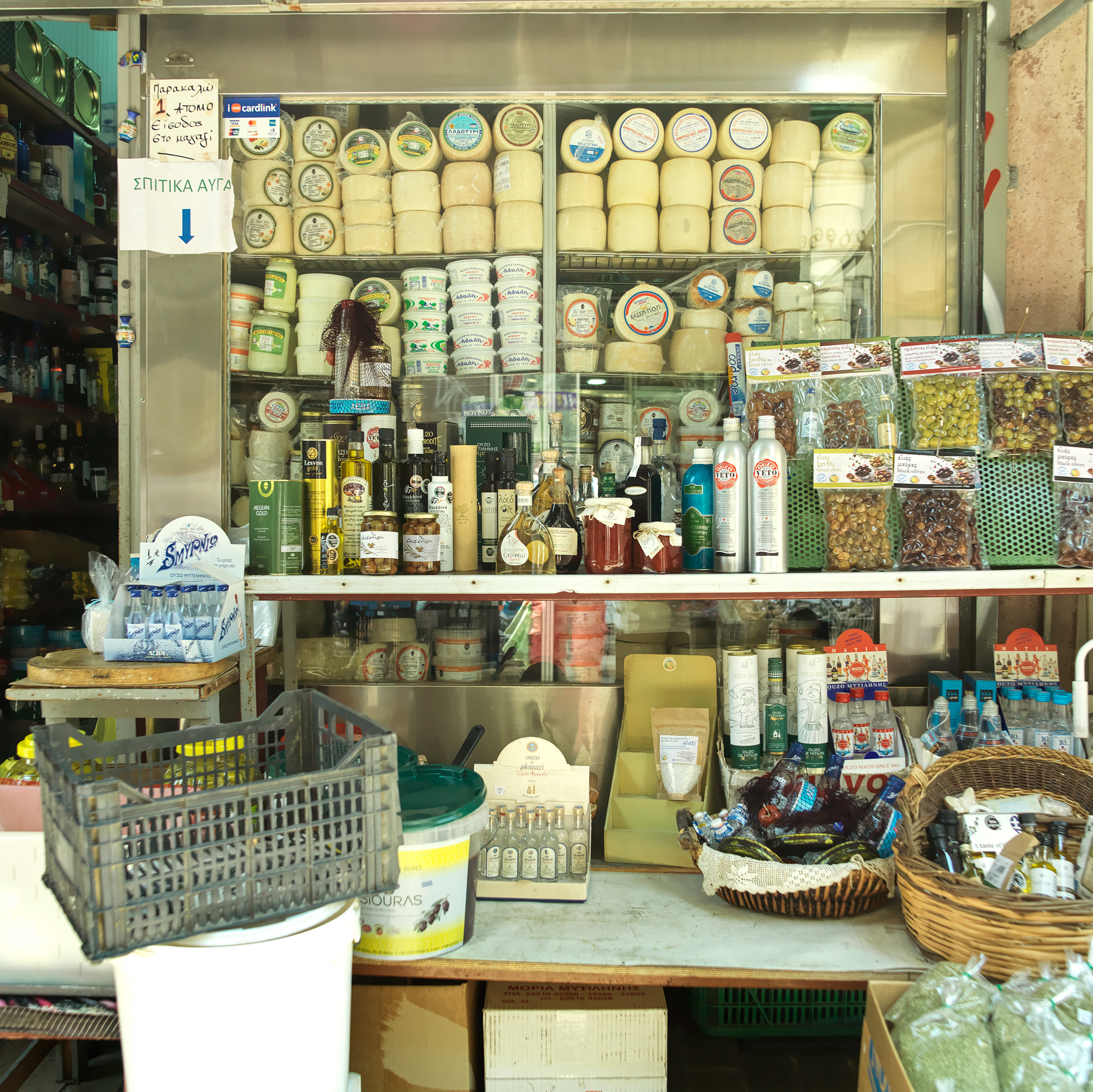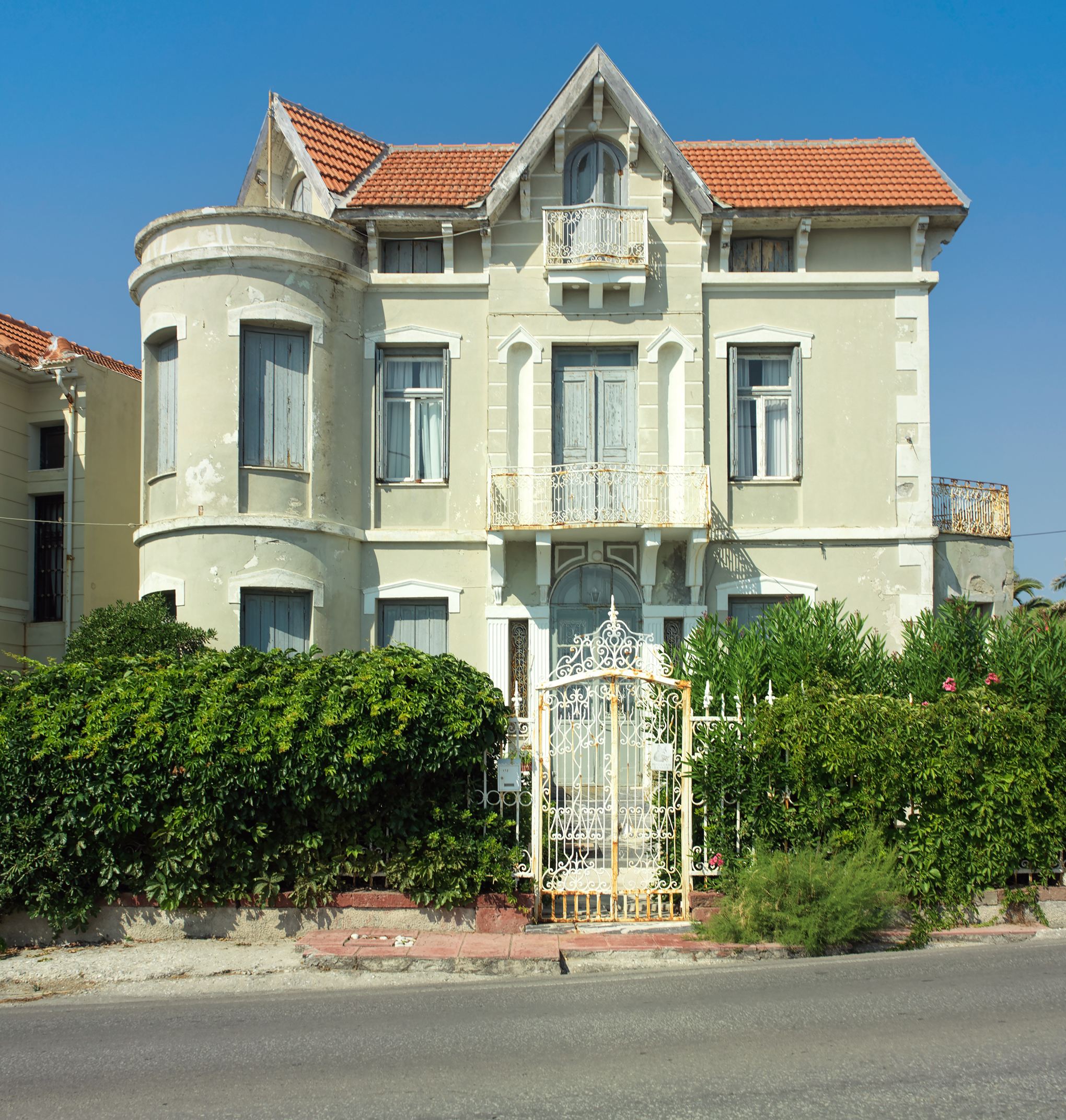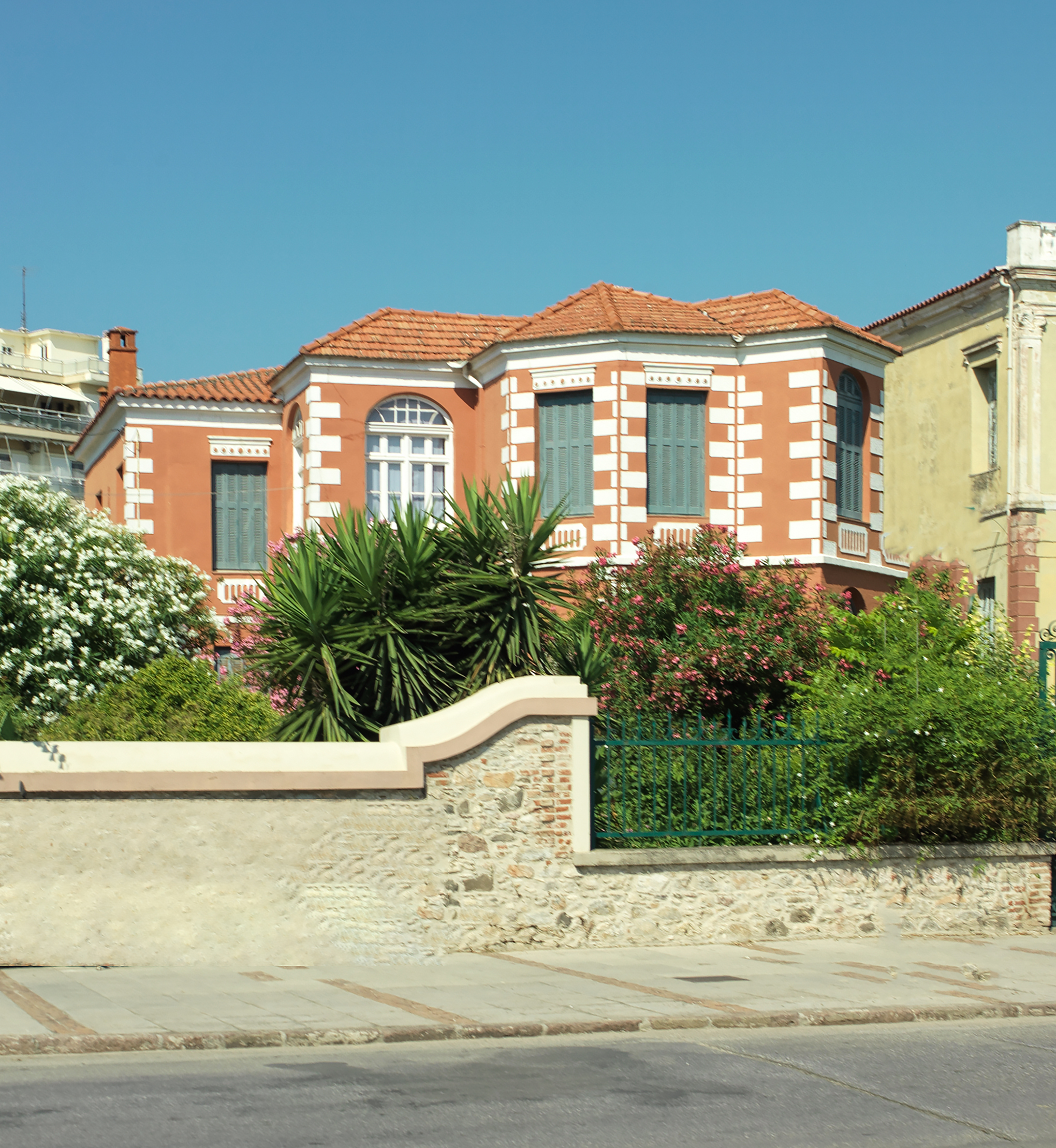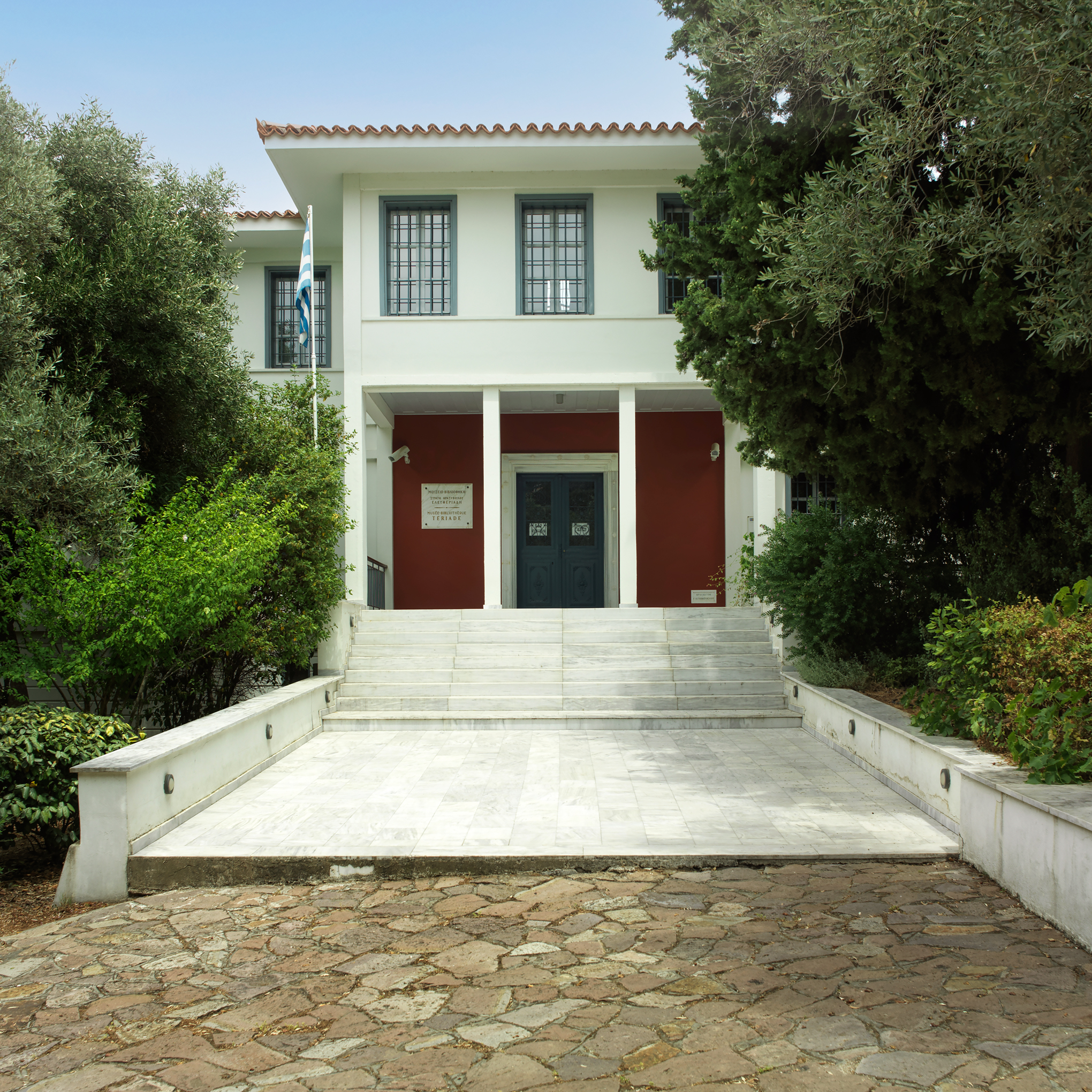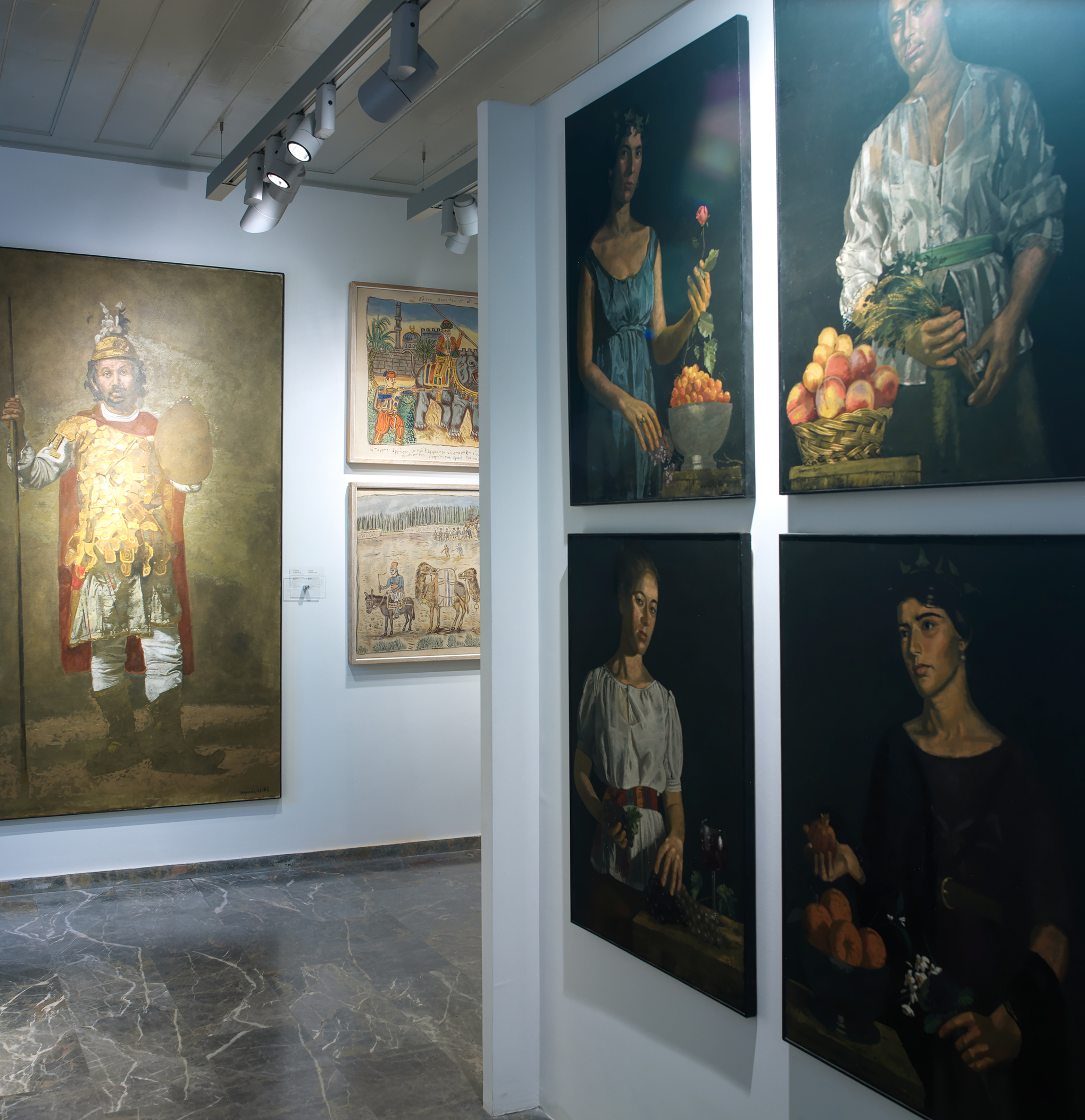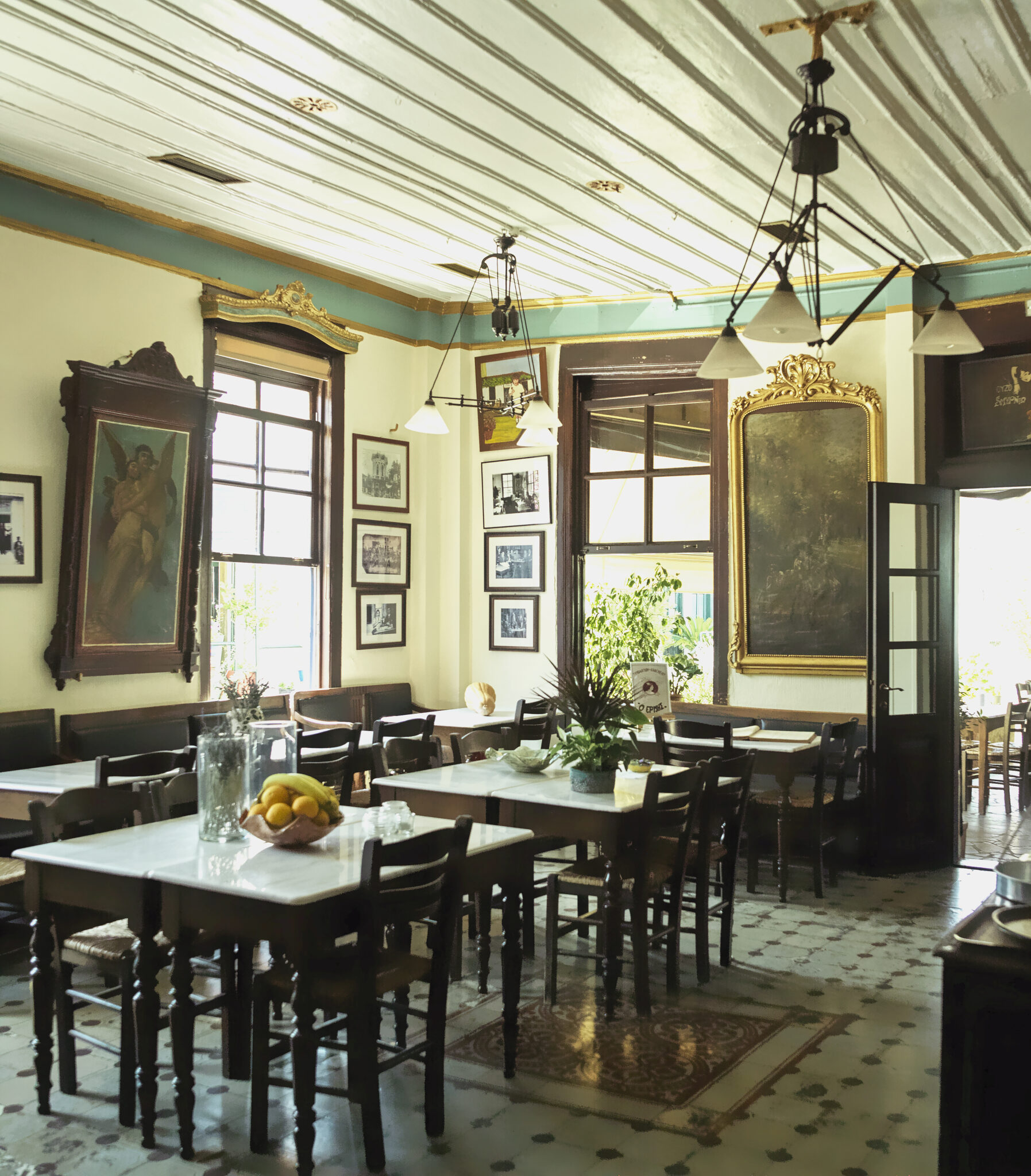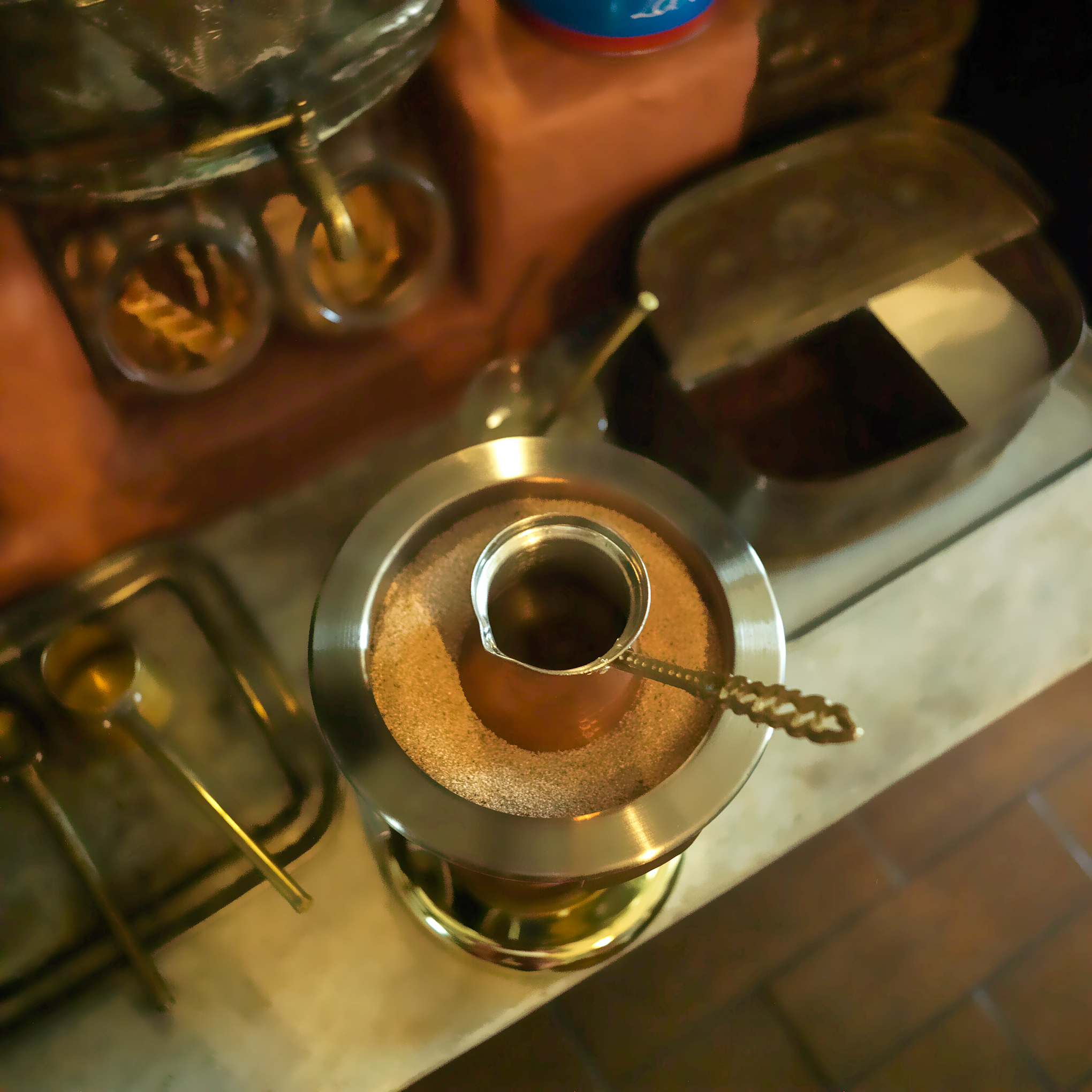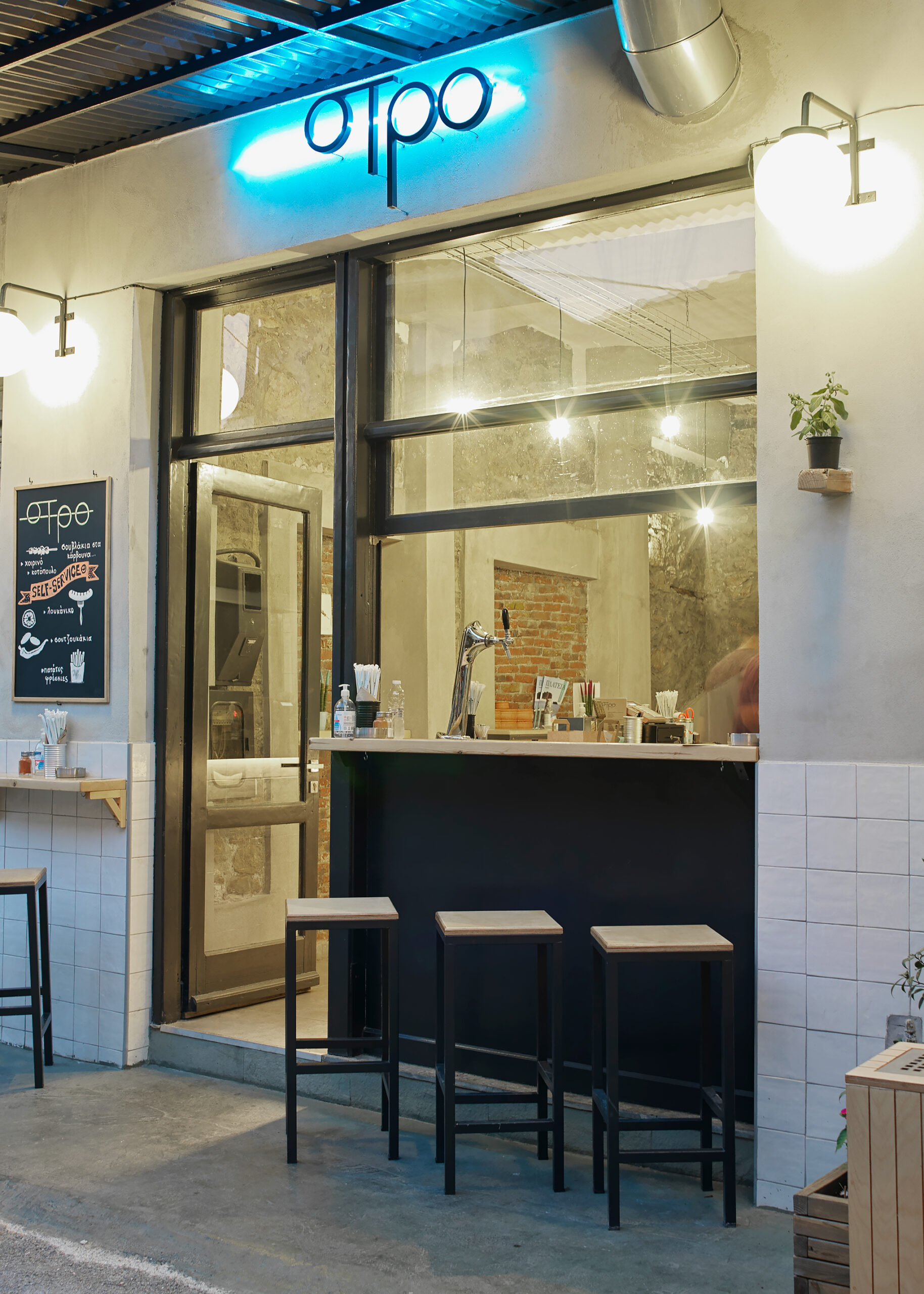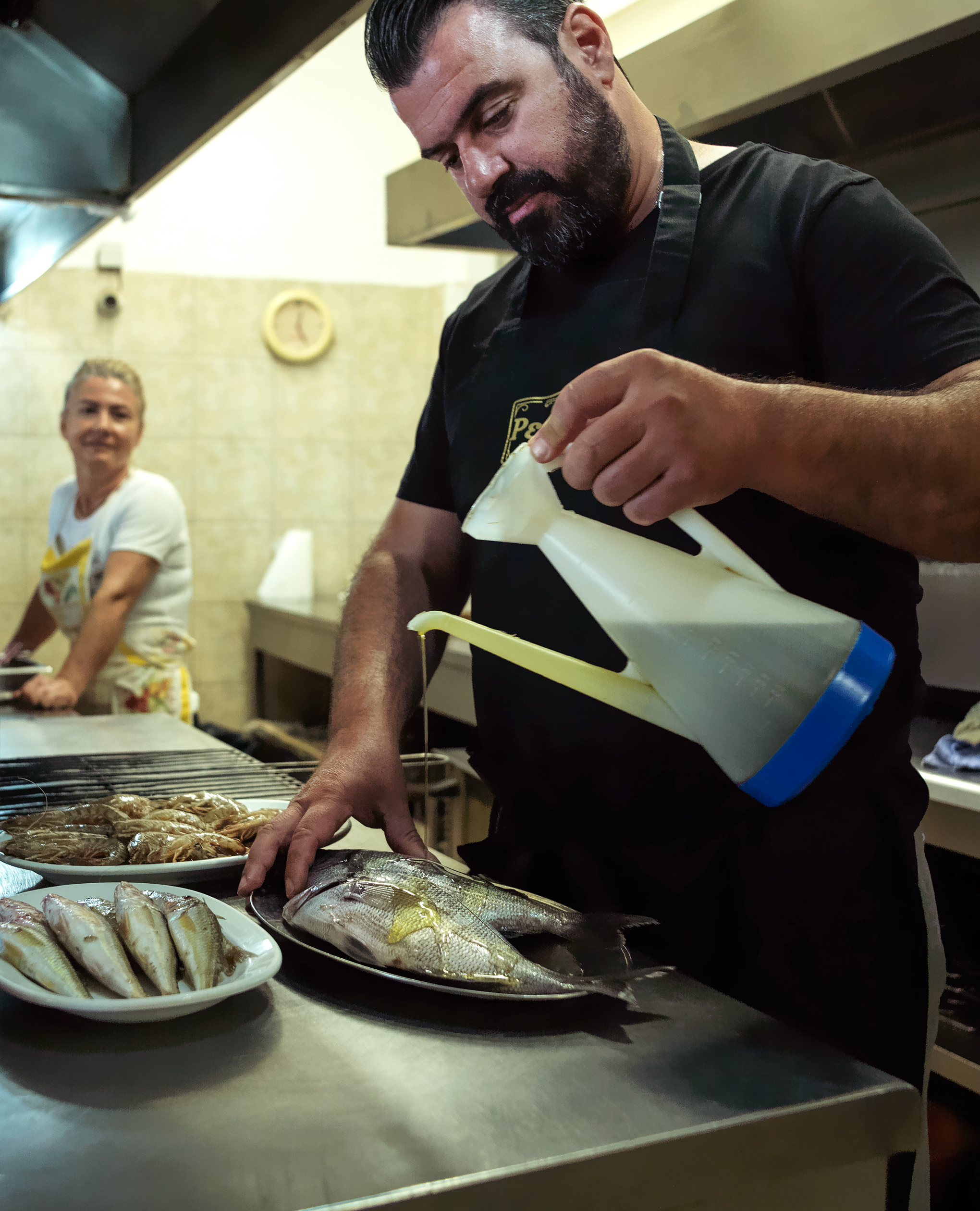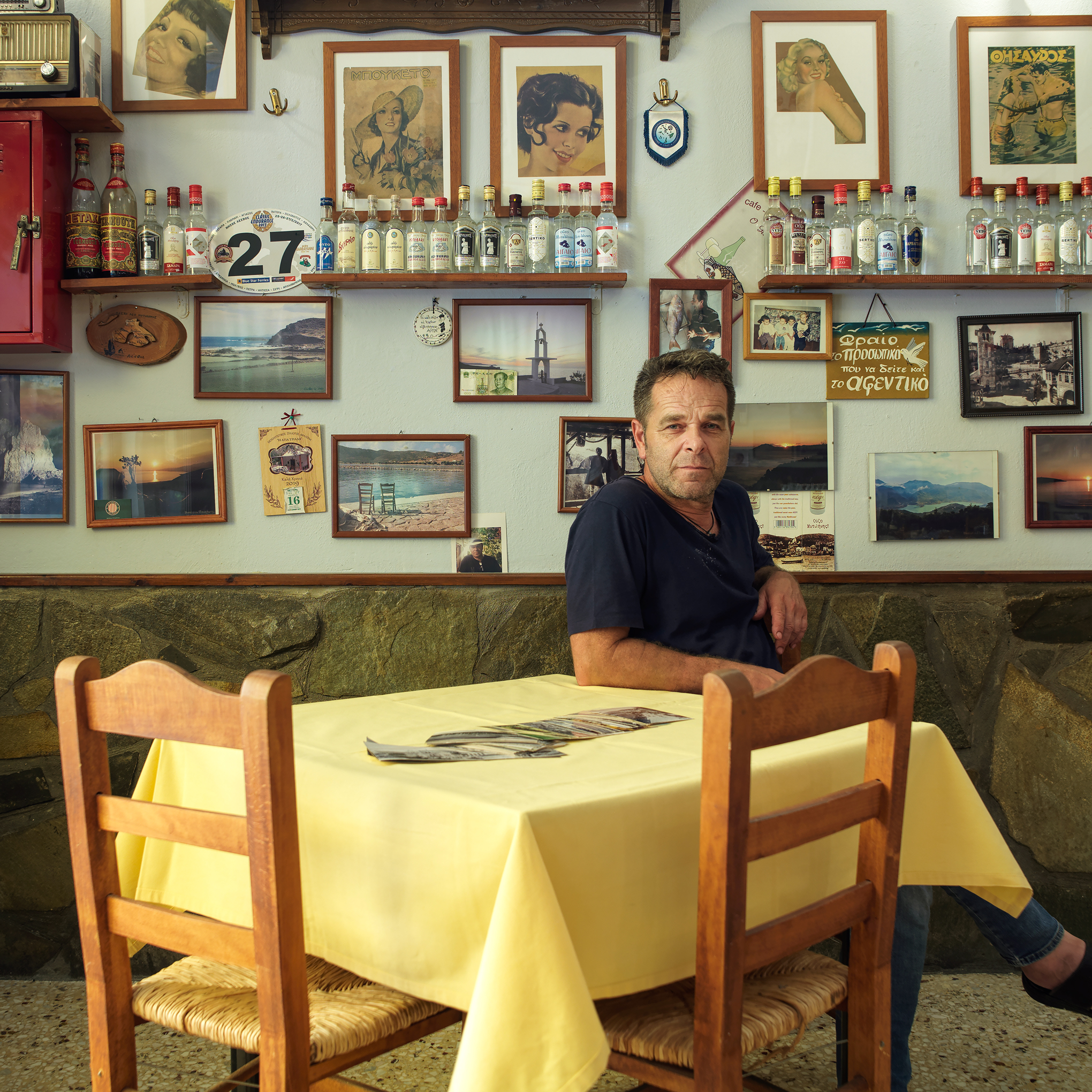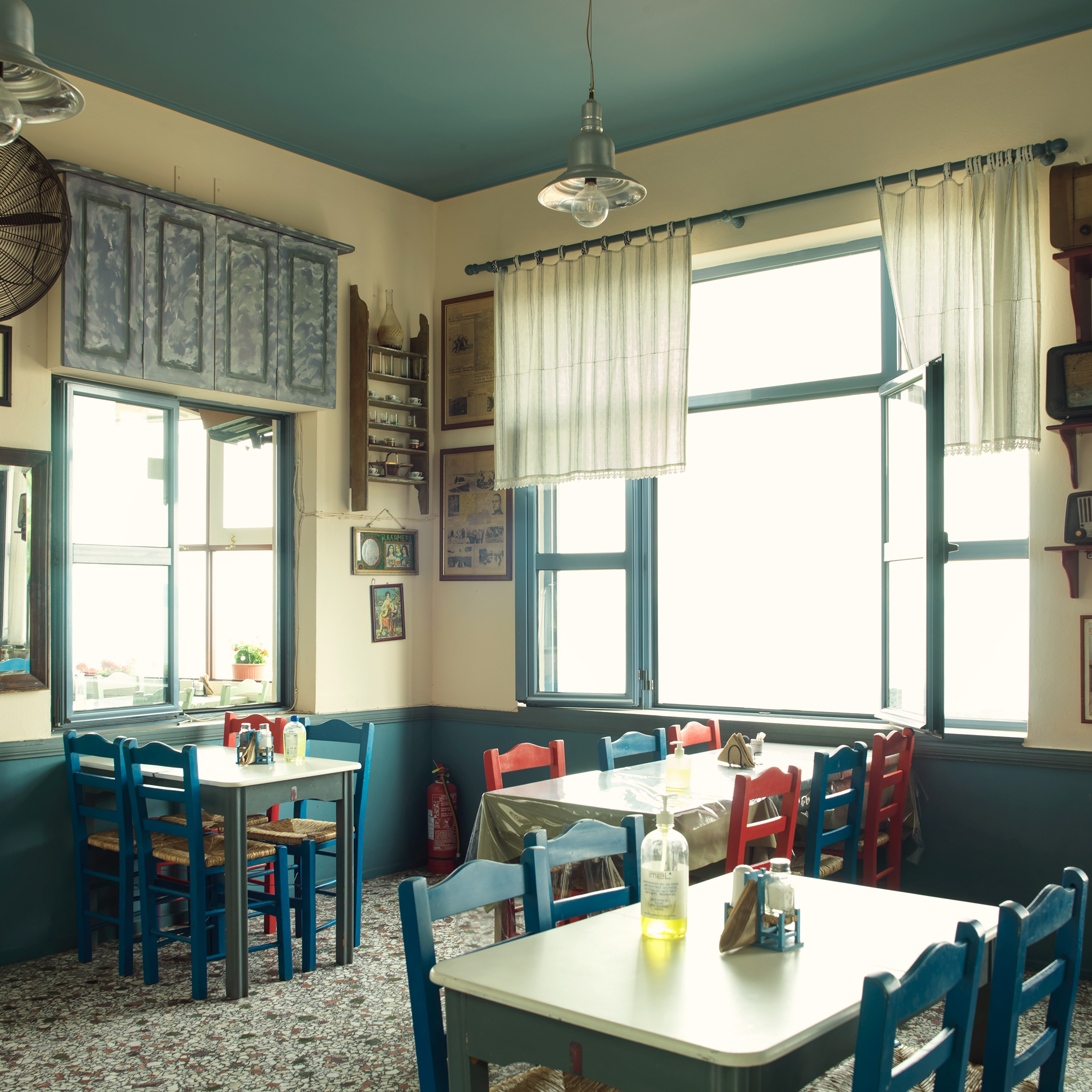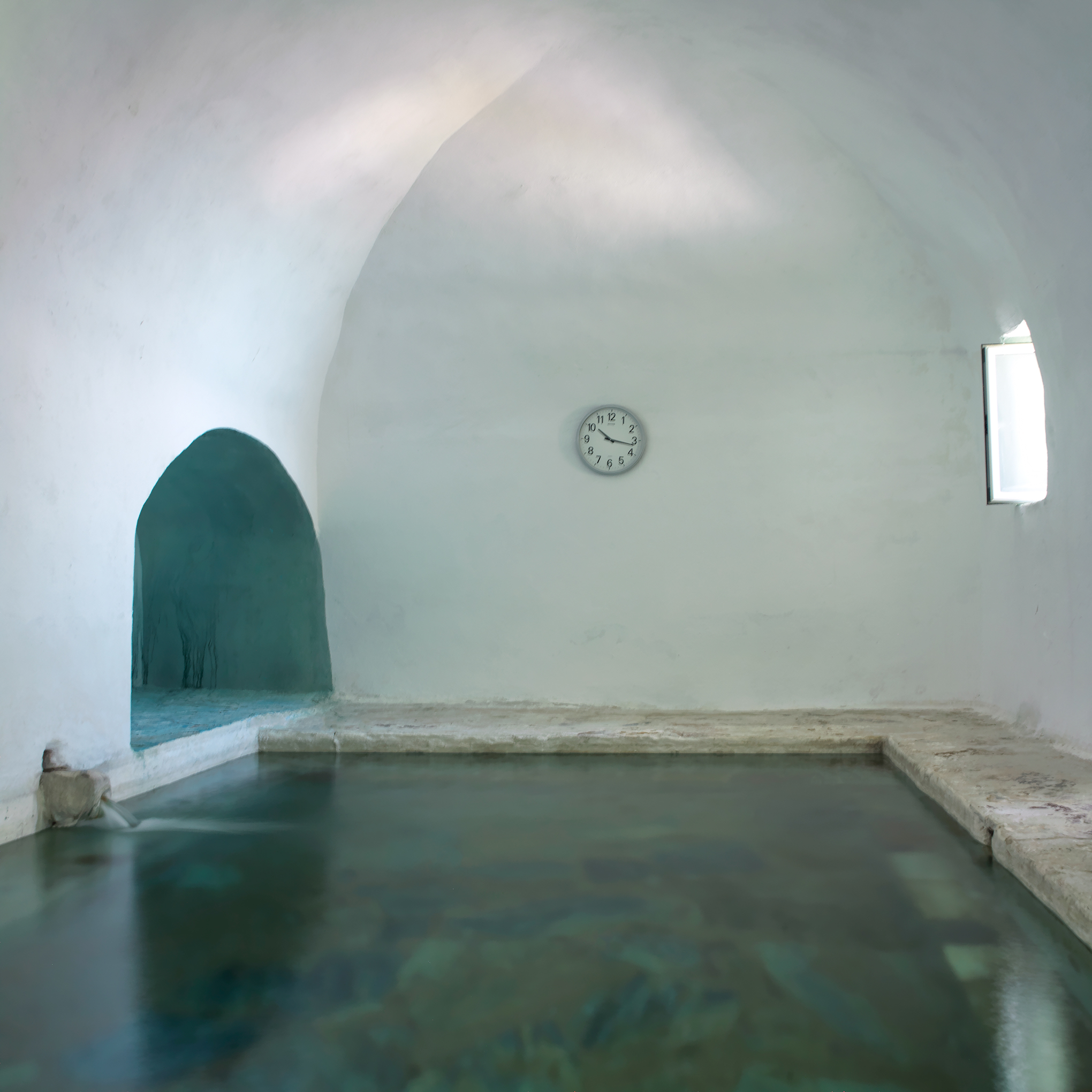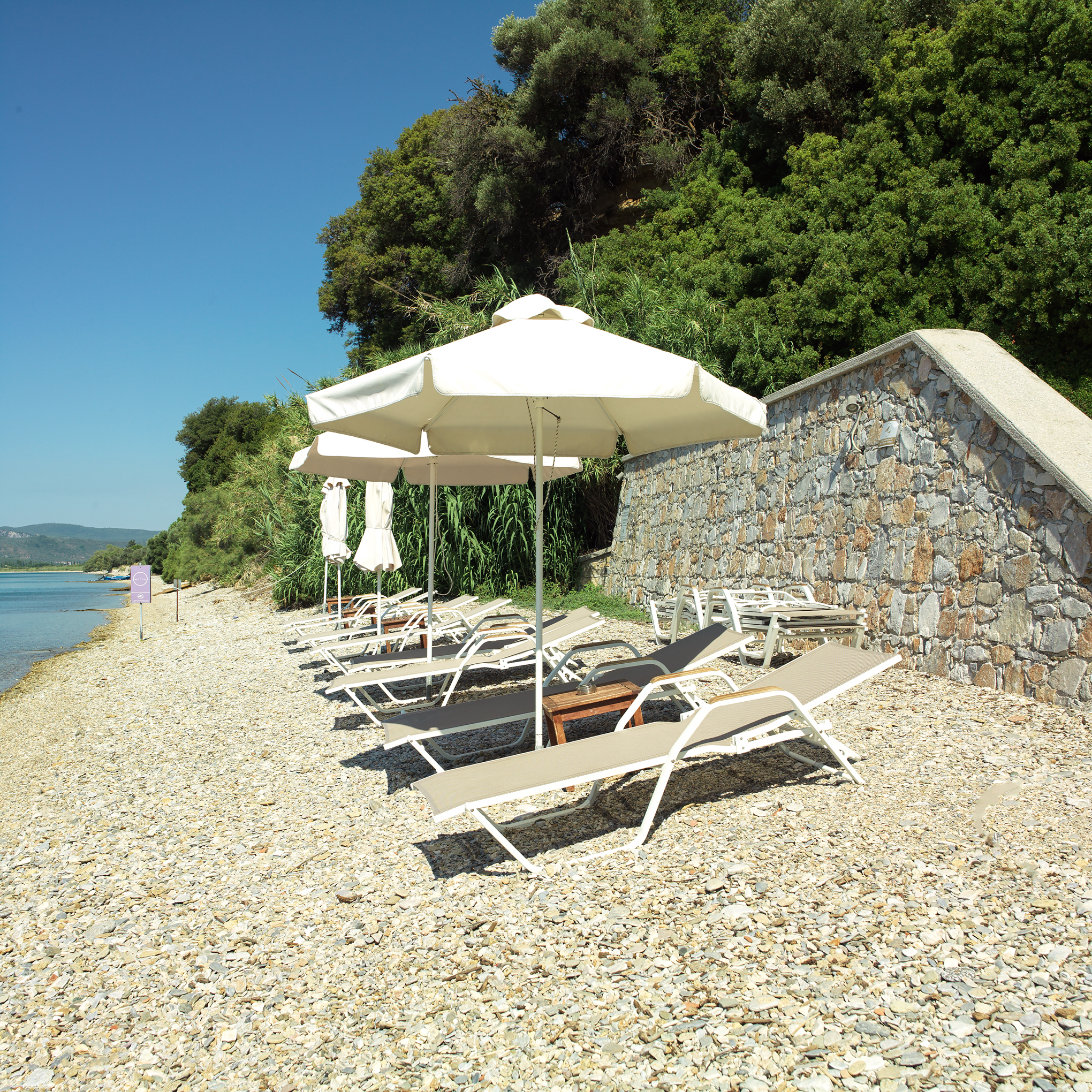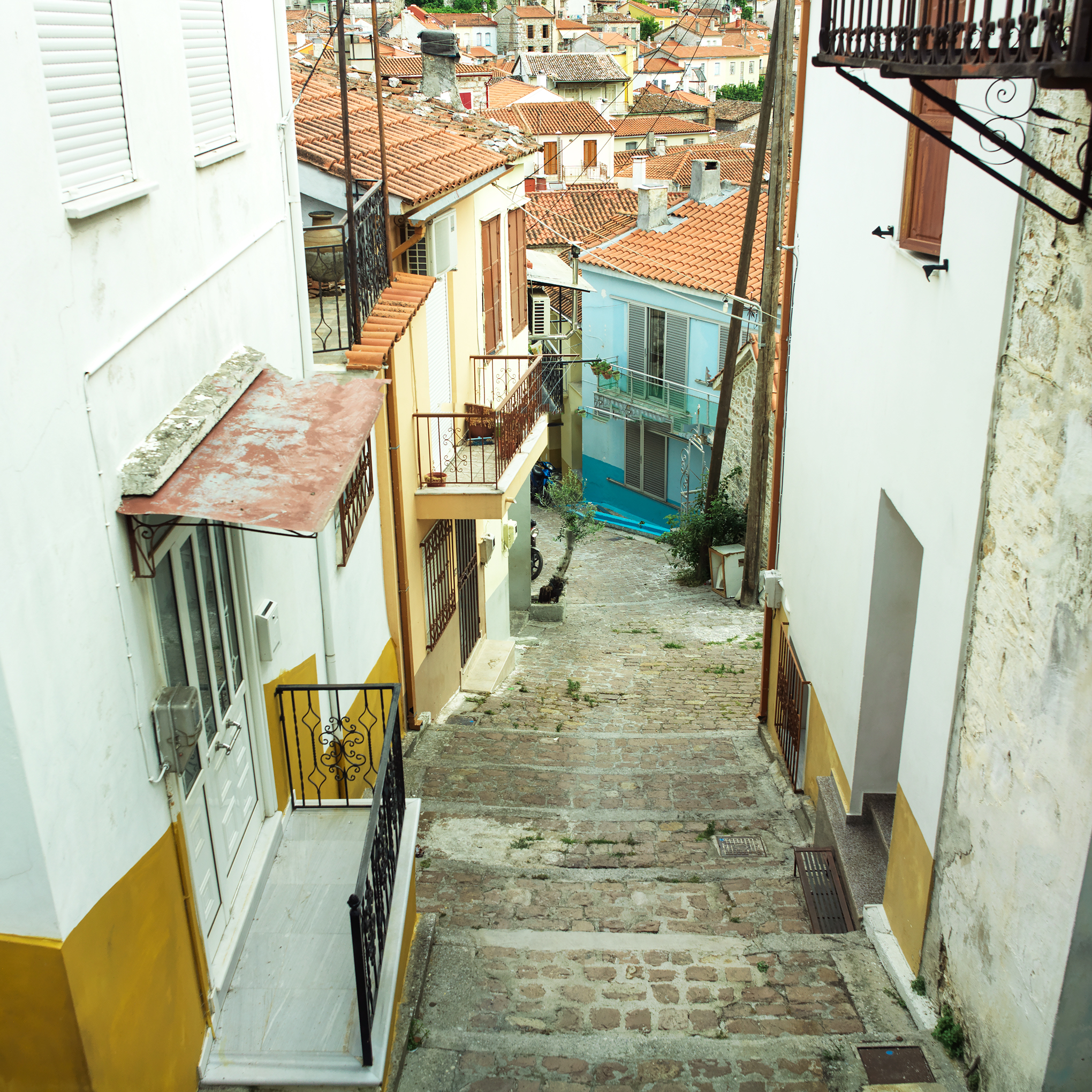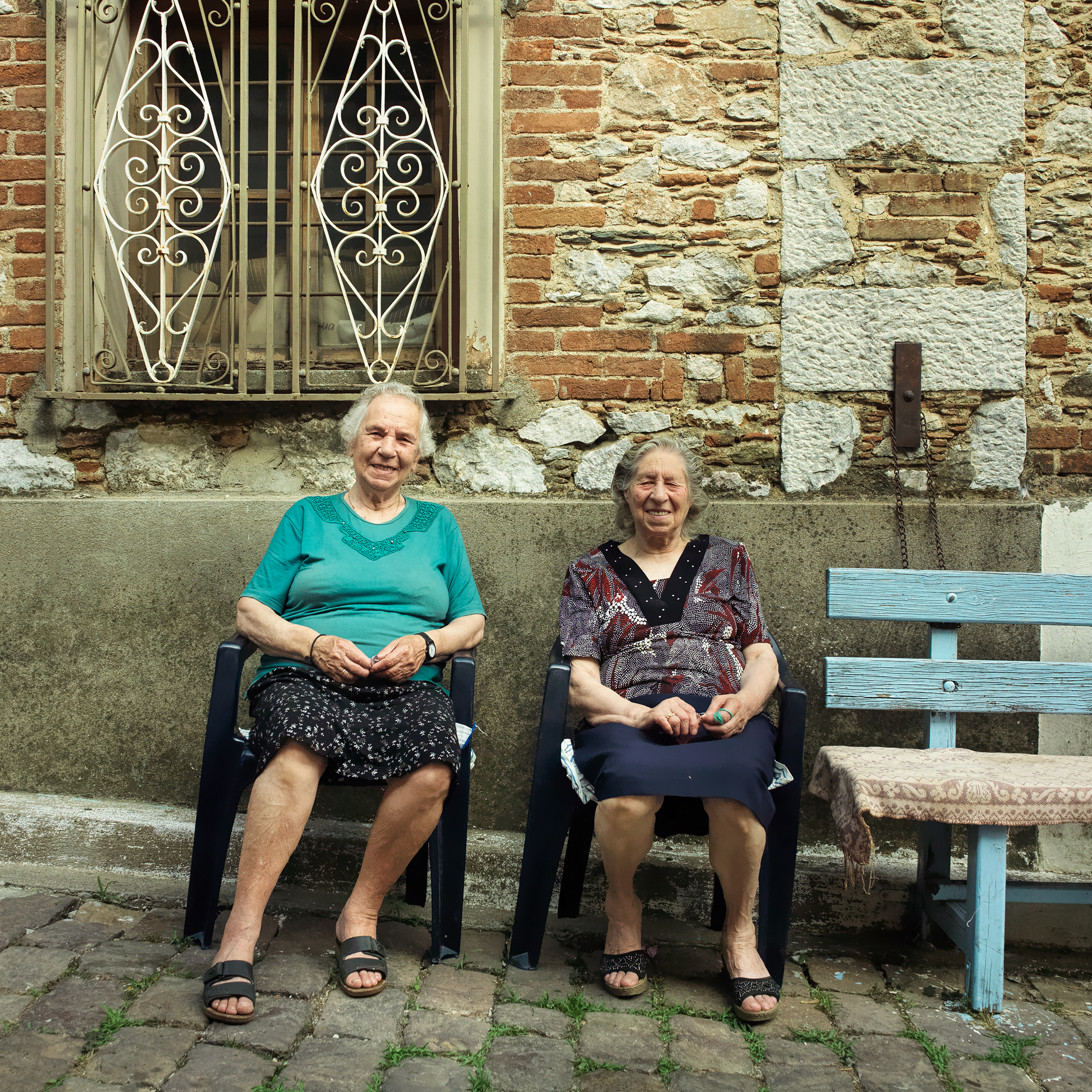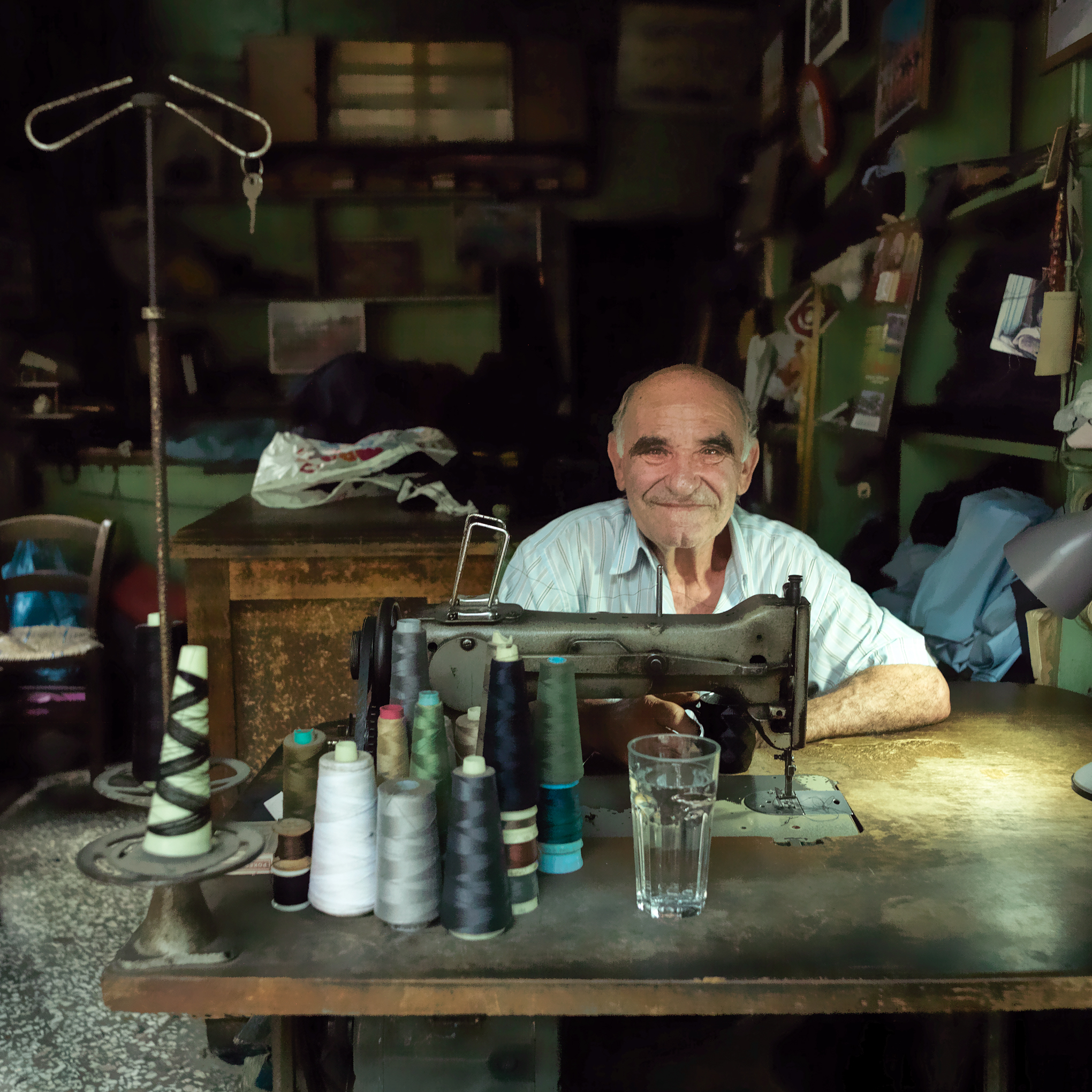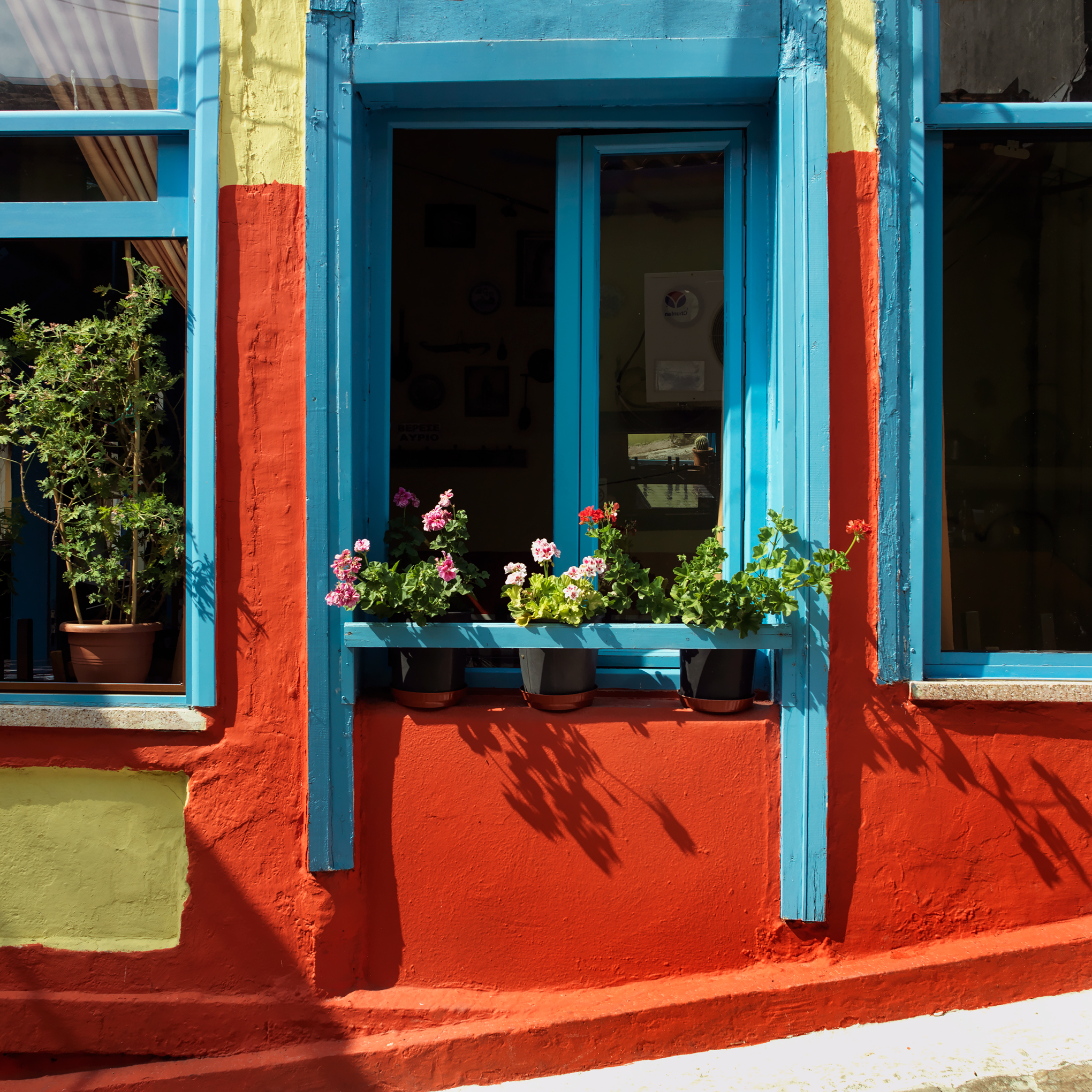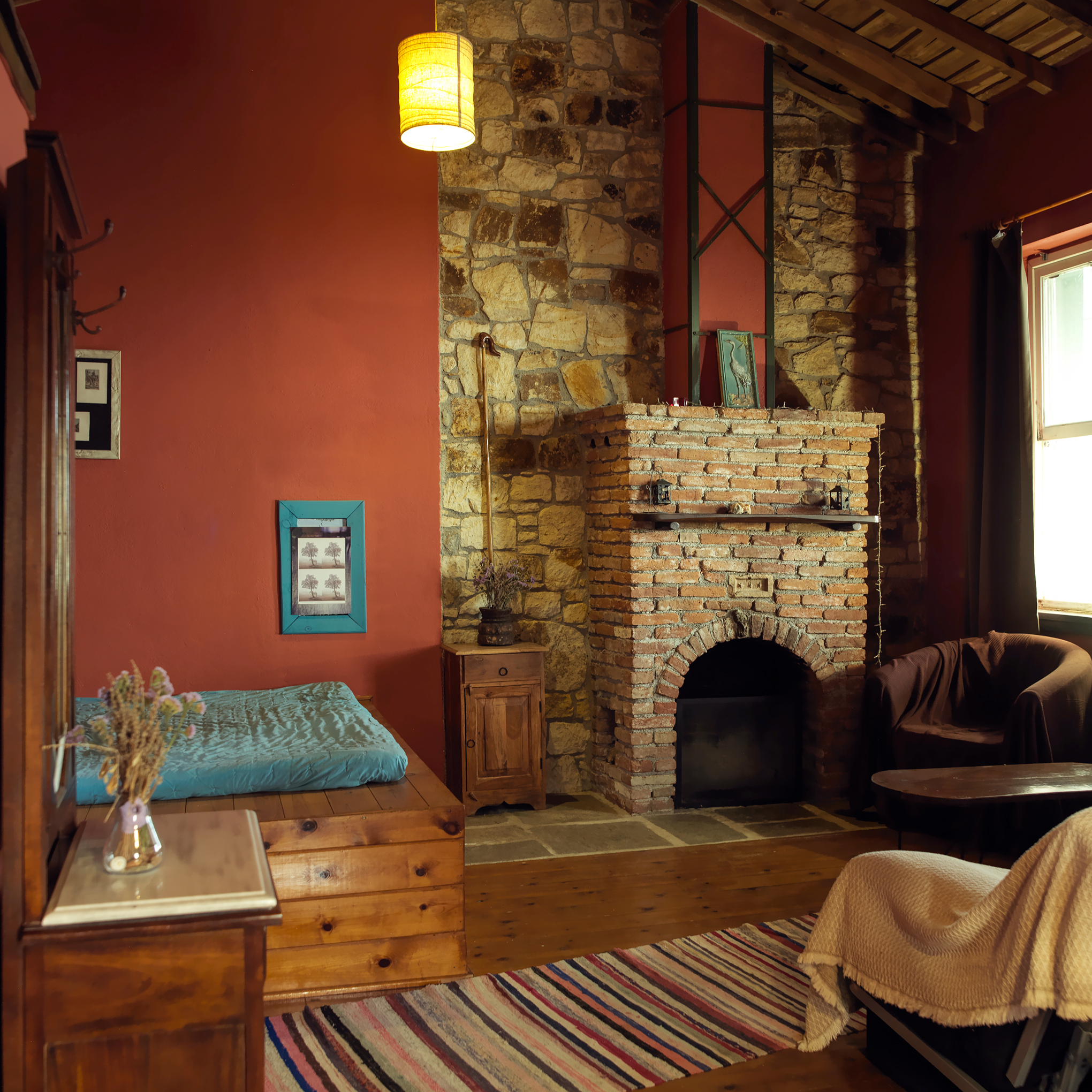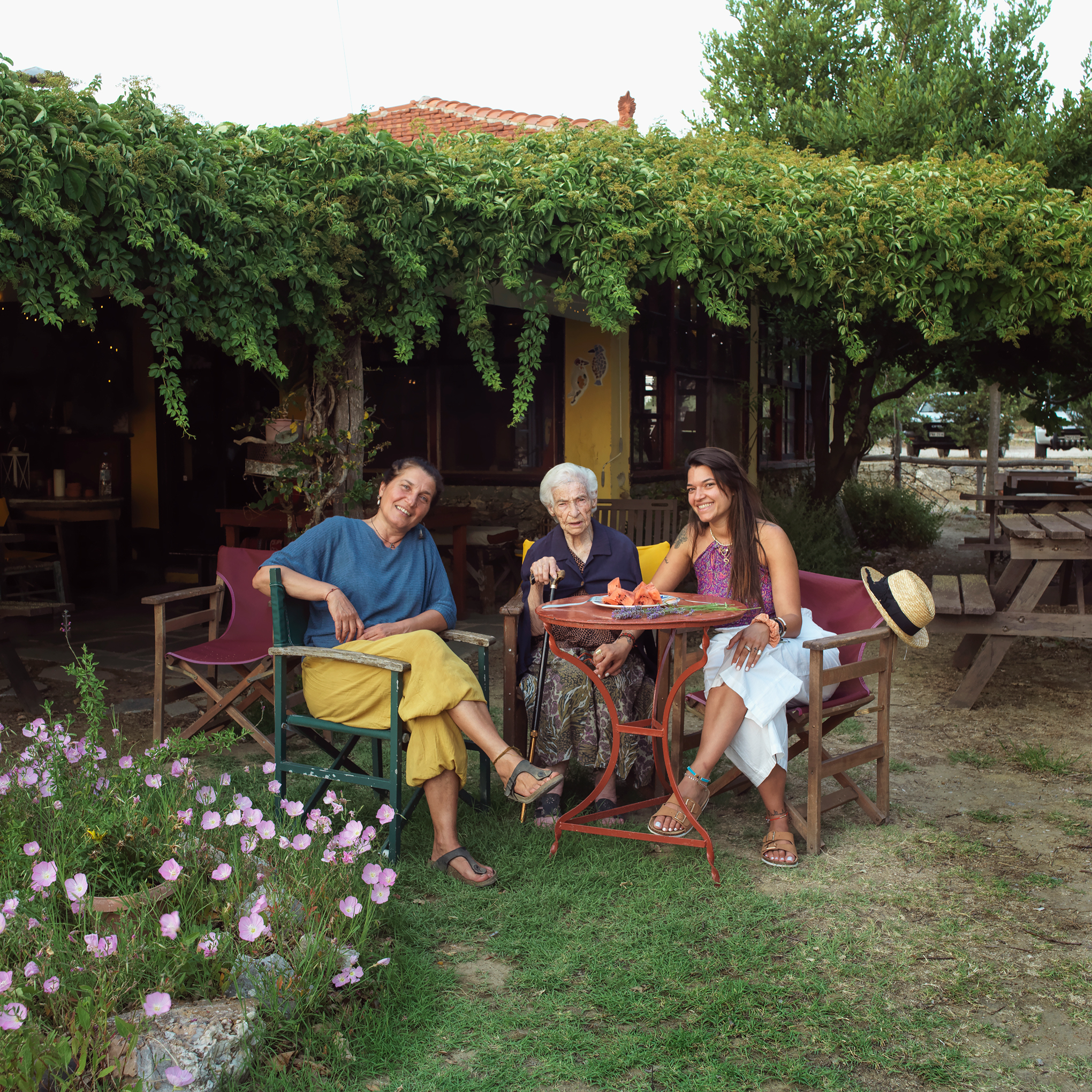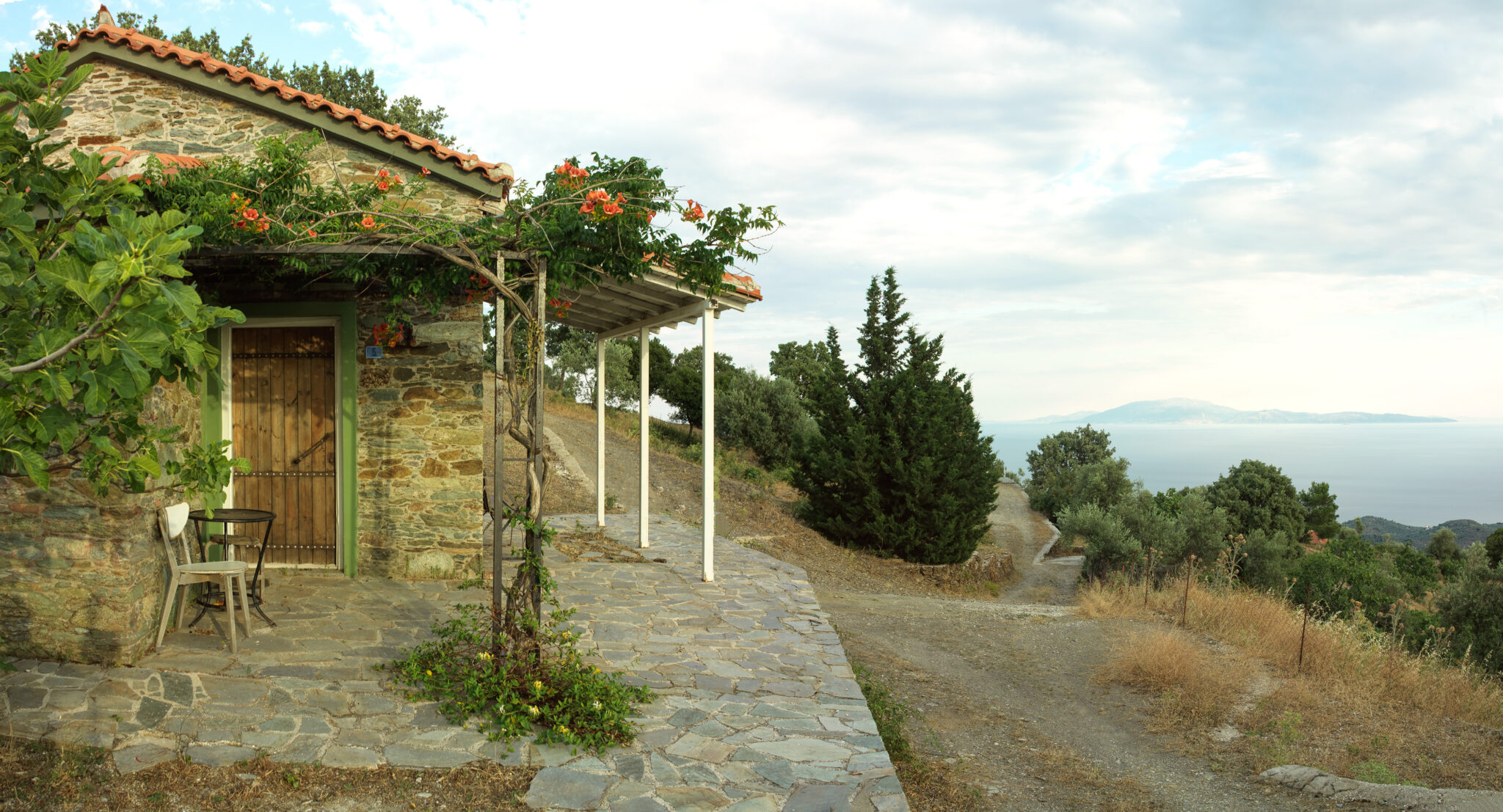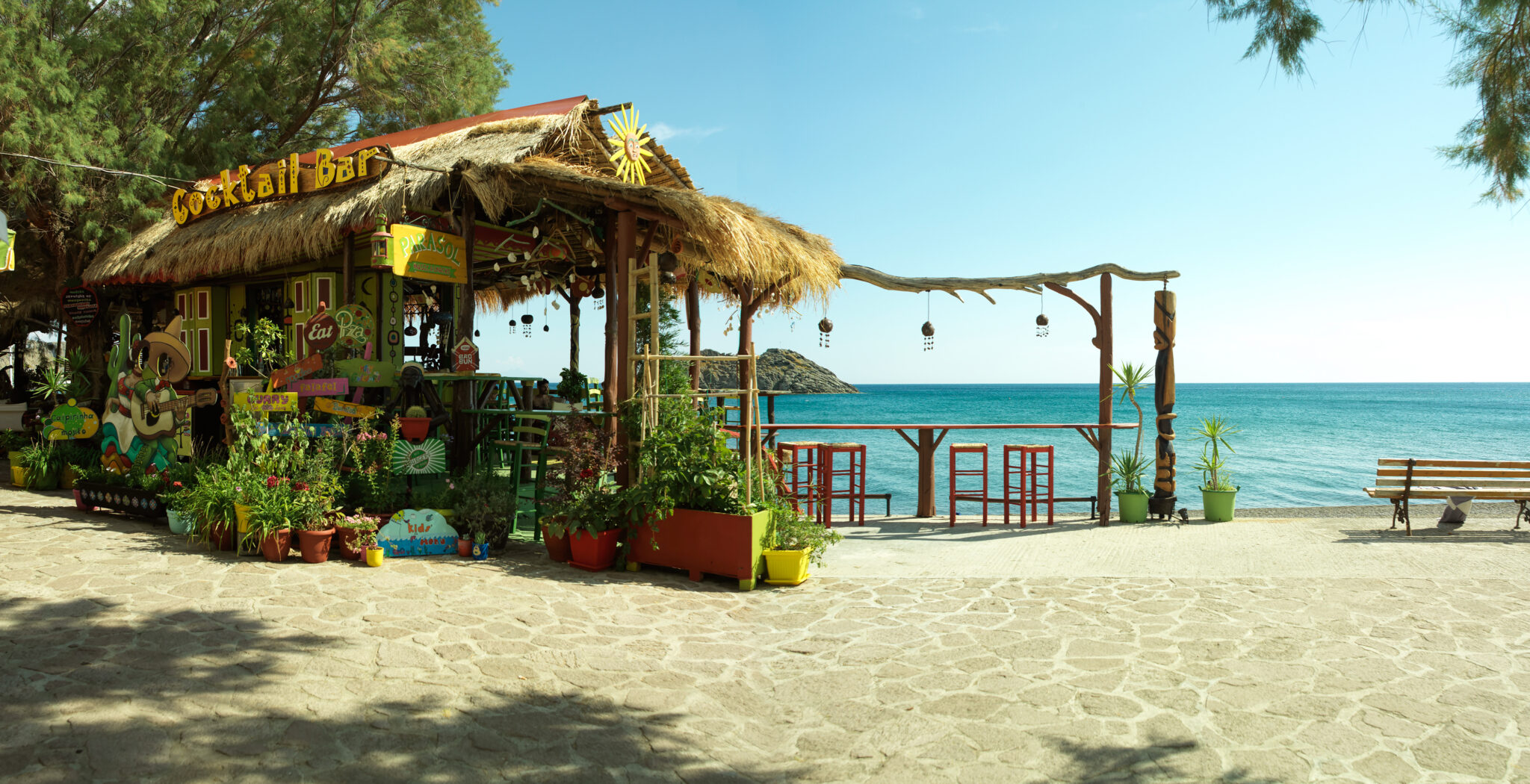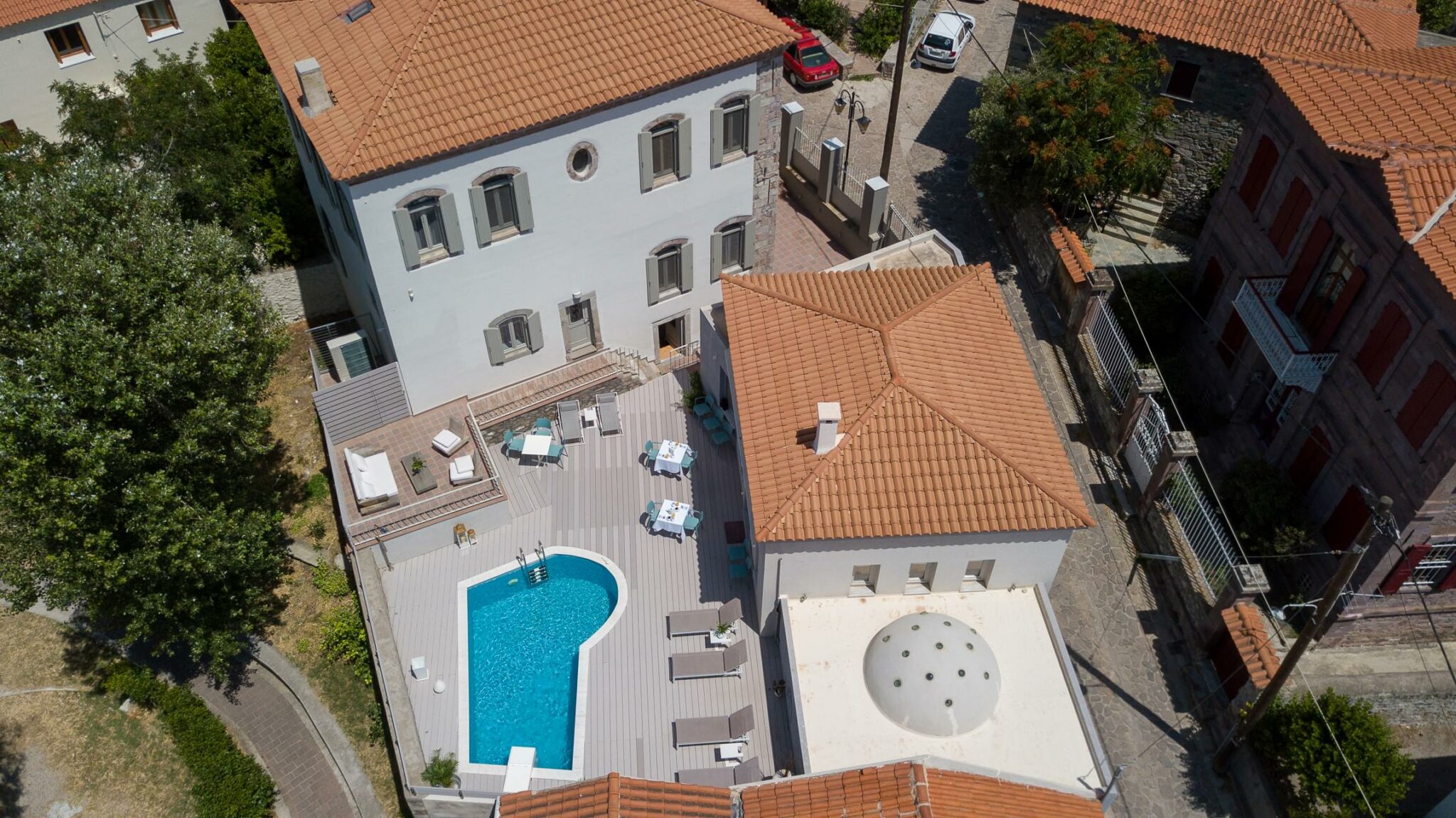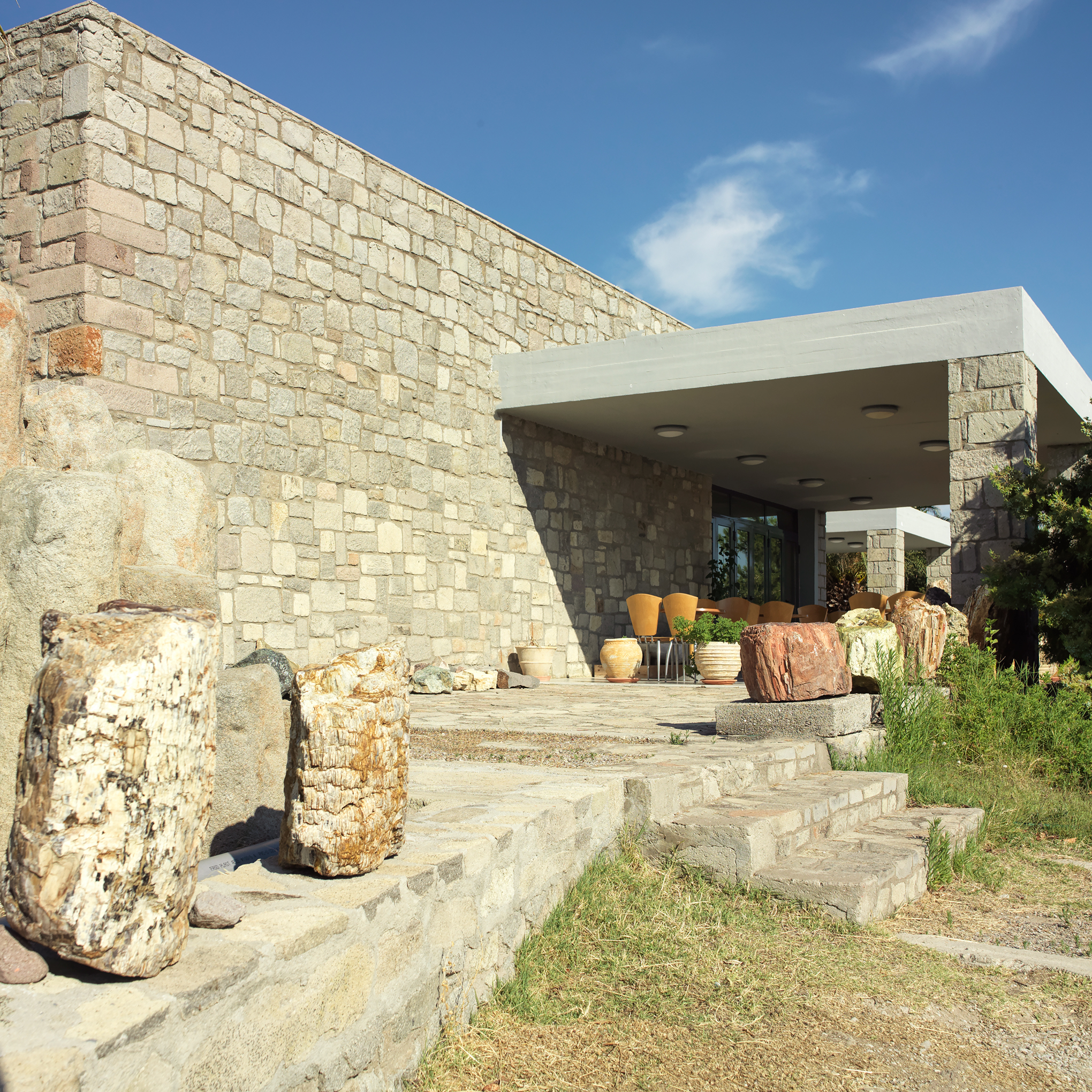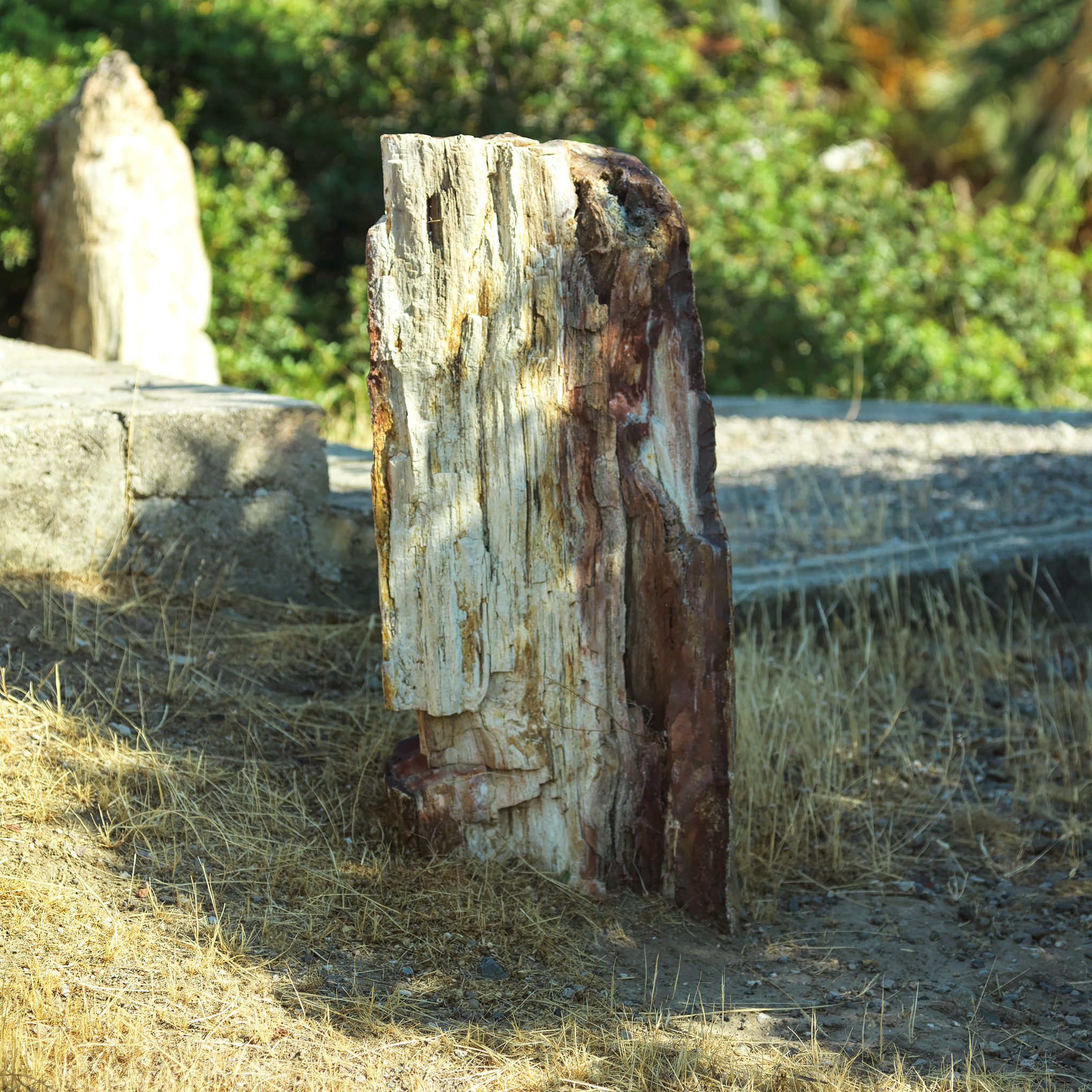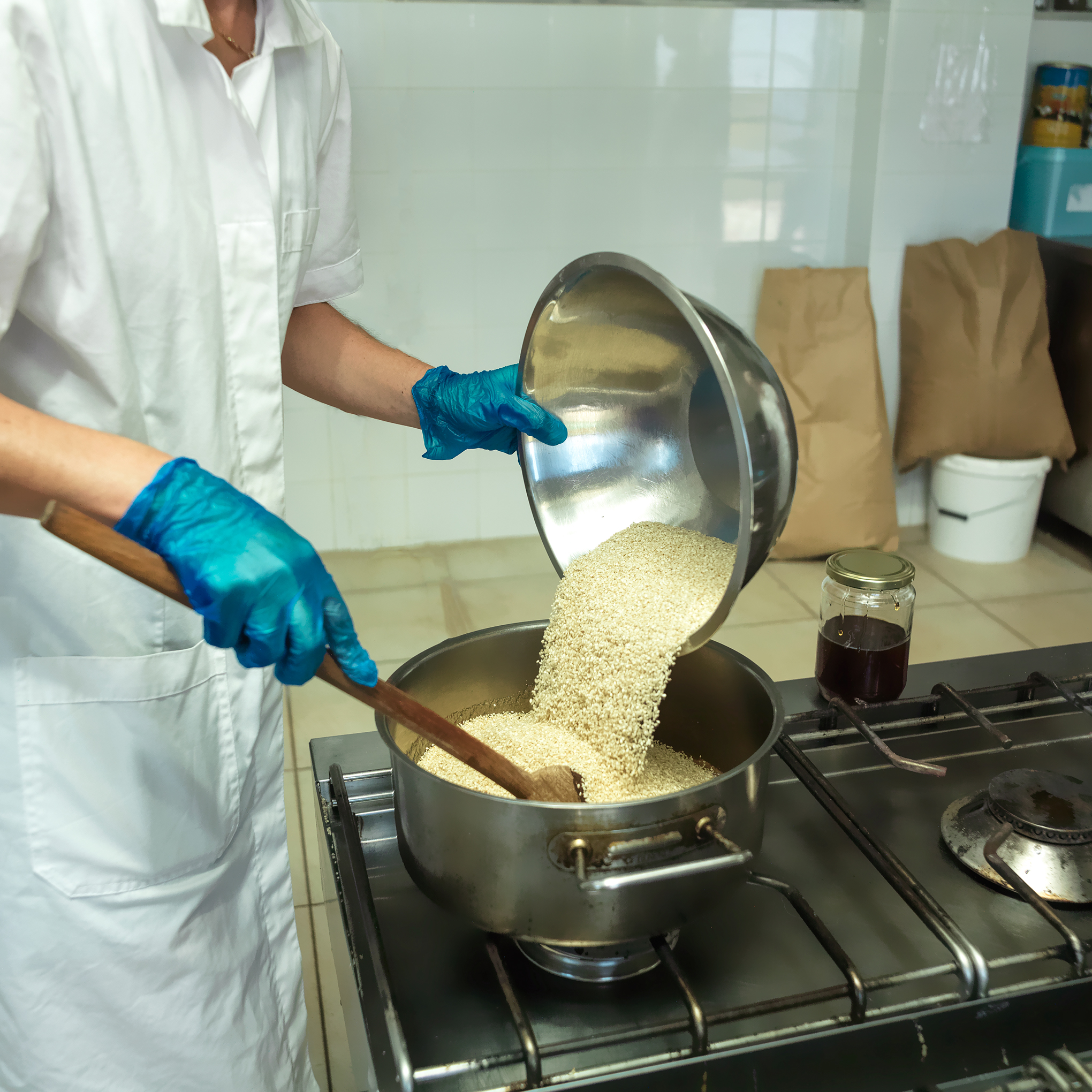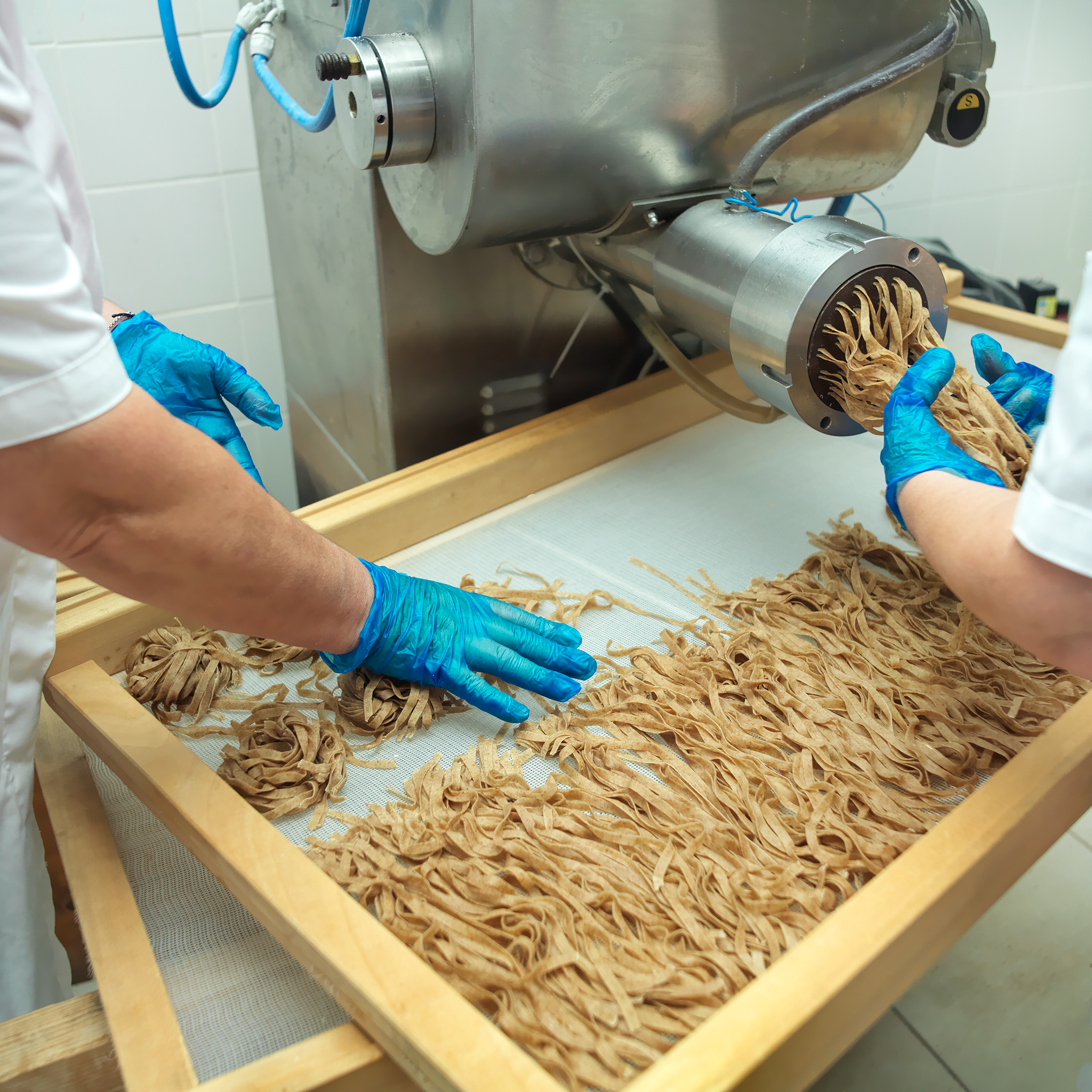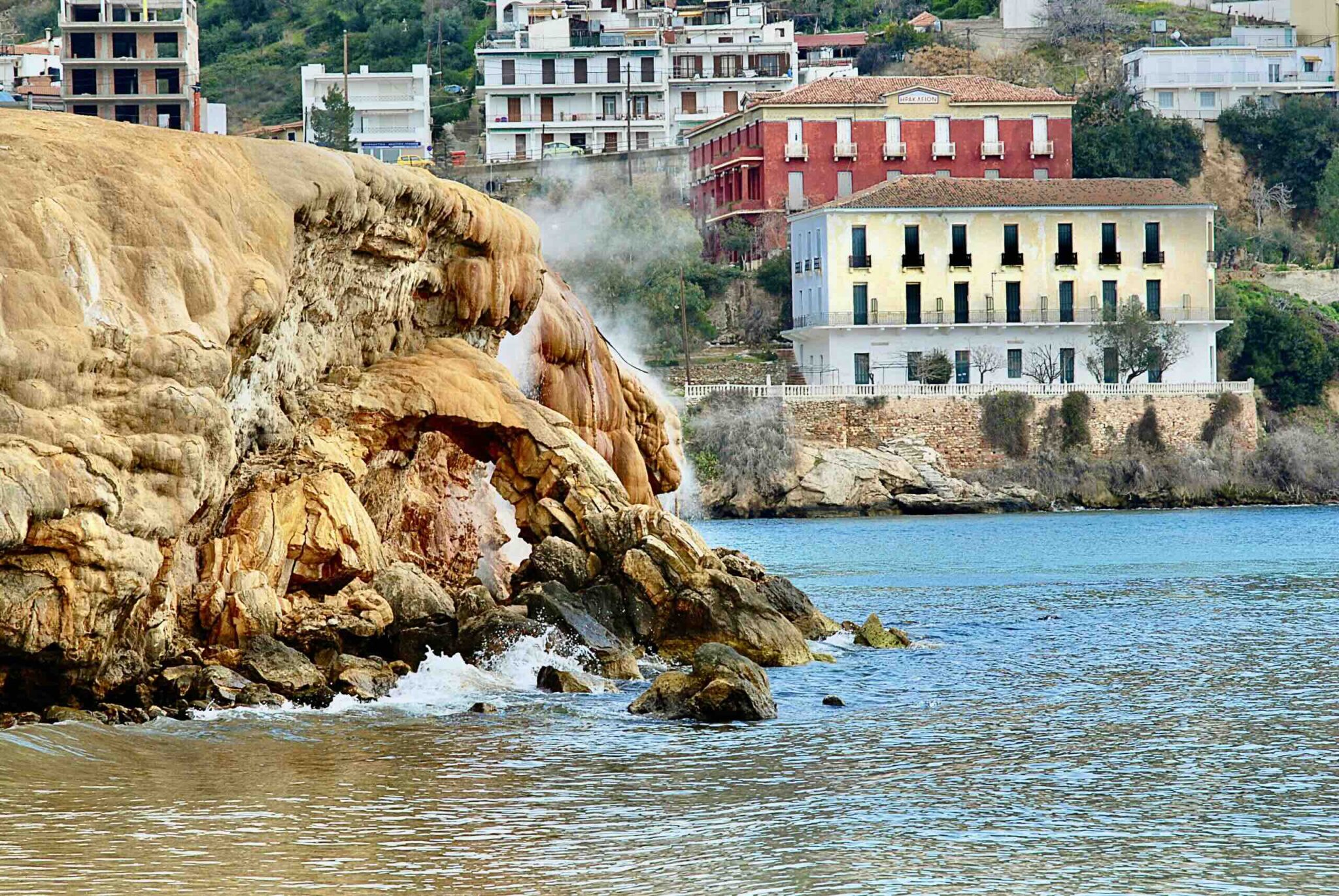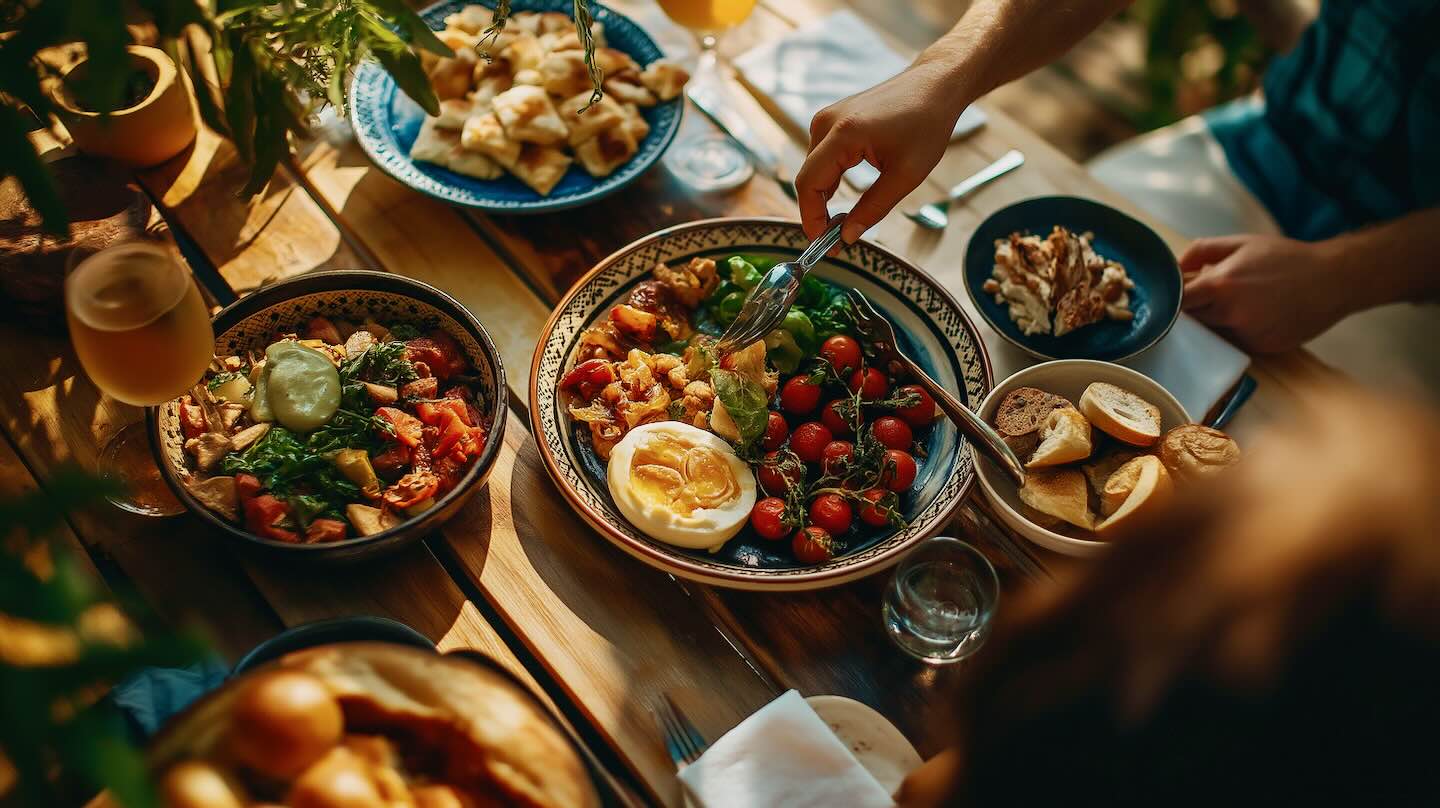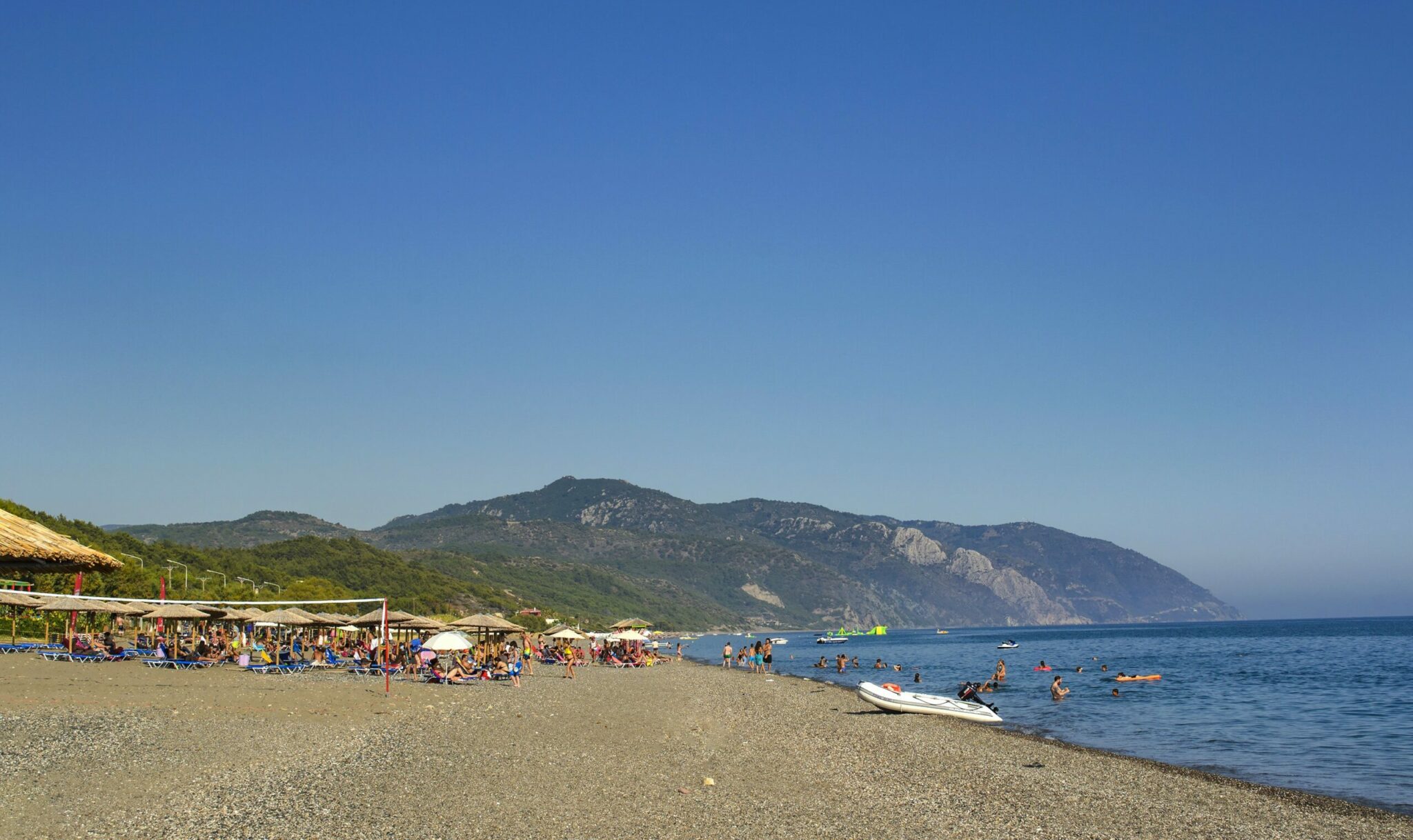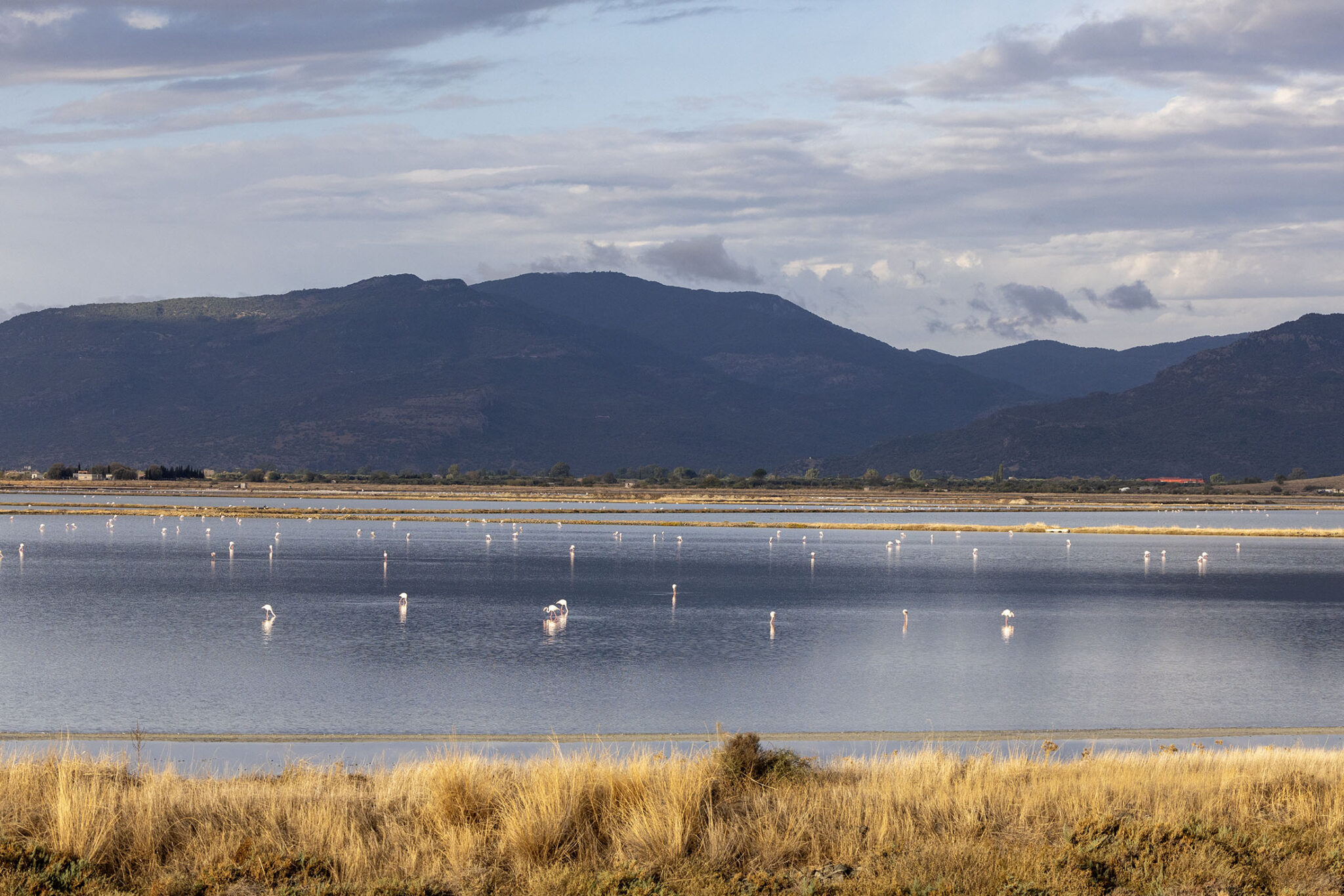Lesvos is spread like a handheld folding fan in the northeast Aegean. The island’s capital, Mytilini, ideal for exploration, is blessed with turquoise waters and sandy beaches, some with rocks, others with pebbles or seaweed.
Villages unaffected by time and human intervention stand strong to fascinate visitors. They possess a charm of bygone eras. Many of the seaside and mountain villages are listed. They offer an old-school quality of life that, unfortunately, appears threatened by extinction.
Spending the first few days of your Lesvos holiday in Mytilini, in the southeast, is recommended, before becoming acquainted with Molyvos, Petra and Anaxos, all in the north, and carrying on for Kalloni, Plomari and Gera, before rounding up the visit in the southwest seaside village Ereso or the fishing village Sigri, on the western tip.
Using locations offering extensive accommodation as a base for exploring and enjoying the attractions and natural beauty of surrounding areas is convenient and recommended for Lesvos, Greece’s third-largest island.
Mytilini
The main town’s most impressive vantage point is offered when approaching from the sea. This approach offers impressive views of the port, neoclassical buildings along the waterfront, pointed roofs influenced by the architecture of northern Europe, the cathedral belfry, the castle to the right, and Agia Kyriaki hill with the ancient theatre.
Castle of Mytilini
The Castle of Mytilini, one of the biggest in the Mediterranean, covers an area of 20 hectares. Its present form can be mainly attributed to the castle’s reconstruction under Fracesco I Gattilusio, vassal of the Byzantine emperor on Lesvos, and his family successors of the semi-independent Genoese lordship (1355-1462), and primarily, Ottoman rule (1462-1912). The Castle of Mytilini is divided into three sections, the Upper, Middle and Lower Castle.
Old Town
The Yeni Mosque and Carsi Hamam, an Ottoman bath, illustrate where the town’s centre of activity was during the island’s Ottoman period. Enter the Bas Fanar and Koumidia street alleys for a glass of ouzo, on the island boasting numerous distilleries, bougatsa (cream-filled phyllo pastry), fresh bread and visits to grocery stores, top-quality butcher shops and cheese retailers.
It is worth making a pit-stop at the Kainari spice shop. Also, don’t skip the chance to try the local pastourma (cured meat), unique-tasting sausages and sheep’s milk yoghurt.
Island architecture
The island’s architecture varies in style and includes farmhouses with roof tiles and chimney; two or three-storey stone urban houses with roof tiles and enclosed exterior spaces protruding from the upper levels; towers and castles; as well as mansions in Provencal, Bavarian and neoclassical styles.
The mansions, to be seen in the main town’s Kioski and Sourada districts, as well as many villages, including Molyvos, Petra, Moria and Plomari, were designed and developed by the architects Argyris Adalis and Ignatios Vafiadis, both students of Ernst Ziller, a major designer of royal and municipal buildings in Athens, Patras and other Greek cities.
They feature lofts, marble decorations, exquisite gardens, marble stairs, art-decorated ceilings, wall paintings, cobbled paths, wrought iron railing, other elaborate metal constructions, as well as statuettes.
The elegance of these 19th century mansions blends harmoniously with the traditional settlements, Ottoman-era towers, neoclassical and modern buildings, as well as modern villas. In the past, the majority of the old houses served as holiday residencies for the island’s upper class.
The art decorations on ceilings and walls at some of these mansions were created by local artists, including Vasilios Ithakisios, from Akrotiri, and Maleas. The stone used for the construction of the island’s mansions often hailed from the Sarmusak quarry in Asia Minor, at the entrance of the Aivali gulf. Many mansions were built with Ignimbrite, the famous stone of Mystegnon, on the eastern coast of the island.
Stratis Eleftheriadis-Tériade Museum-Library
Truly worth visiting, the Stratis Eleftheriadis-Tériade Museum-Library is one of the most impressive and best-organised museums to be found beyond Athens. The museum, located in the Varia area, approximately 3km from Mytilini, the capital, was founded in 1979. It houses and presents the entire collection of Tériade, who served as an influential art critic, patron and, most significantly, publisher.
Tériade accumulated an important collection of work by major artists. The museum, which he donated to Lesvos, his birthplace, hosts work by Chagall, Matisse, Picasso, Léger, Le Corbusier, Miró and other celebrated artists from abroad, as well as esteemed Greek artists such as Yiannis Tsarouchis, Orestis Kanellis and Giorgos Vakirtzis.
Theophilos Museum
The Theophilos Museum, also located in the Varia area, next to the Stratis Eleftheriadis-Tériade Museum-Library, is yet another donation to the island by Tériade, who discovered and generated international publicity, posthumously, for the major folk painter of modern Greek art Theophilos Hatzimihail, a self-taught artist known simply as Theophilos.
This museum hosts 86 paintings by Theophilos, all hailing from the private collection of Tériade, who donated them to the Mytilini municipality. Theophilos (1868-1934) was born and raised in Varia, but a life of poverty led him to Smyrni, on the Asia Minor coast, at the age of 18.
Disappointed by this move, Theophilos relocated to the provincial city Volos, spending most of his time in nearby Pelion, where he created a significant part of his body of work decorating walls of houses, cafes and shops for a plate of food. Following the liberation of Lesvos from Ottoman rule, Theophilos returned to his birthplace, where he met the established art critic and publisher Tériade, who offered the artist the opportunity to focus on his art without having to worry about survival.
In 1936, two years after Theophilos’ death, due to ill health, an exhibition of the artist’s paintings organised by Tériade in Paris was met enthusiastically by the international art community.
Hermes
An iconic café-meze spot in Mytilini, at the end of Ermou St, serves a superb array of local culinary delights.
The atmosphere at Hermes – both the exterior and interior – is captivating. The place prepares coffee brewed in hot sand, considered the best way to make Greek coffee, while its assortment of small meze dishes includes stuffed courgette flowers, giouzlemedes (fried cheese pies with handmade phyllo), sfouggato (egg-rich pie with zuchhini and other greens), fava (yellow split pea puree), broad beans, as well as unrivalled meatballs with fried potato chips. The aroma of the homemade rice pudding permeates the entire neighbourhood.
Stro souvlakia
The souvlaki spot Stro, run by two partners focusing their efforts on meat quality, serves pork, chicken, ewe, sausage and soutzoukaki (spicy sauasage) souvlaki grilled on an olive tree wood fire with fried potato chips and bread. All the meat is local.
Refenes
One of the best fish tavernas on the island, right by the beach below the Castle of Mytilini, its offerings include dishes such as papalina (European sprat), lakerda (skipjack tuna), local octopus, grilled, as well as in-season beans.
Steki tou Gianni
Hidden behind the post office building in Mytilini, Steki tou Gianni, run by Yiannis Karabetsos, is highly regarded by locals. This meze eatery, whose décor features just about anything you can imagine, serves a variety of small side salads for ouzo, including tomato, cucumber, spicy rocket, local olive varieties, peppers, radish and pickled cherry plum, as well as boiled greens. The menu, and visit, is made complete with a big range of shellfish, including scallops and callista chione. Also on offer are large fish, grilled to perfection, as well as unrivalled fried barbouni (striped red mullet).
Antonis sto Kagiani
Kagiani, a small mountain village above Varia, slightly beyond Mytilini on the road headed for the airport, is home to one of the island’s most renowned tavernas, Antonis sto Kagiani, named after its proprietor.
The view from this spot is breathtaking. The full range of local culinary delights is represented on the menu here. Selections include boiled greens from small gardens, fresh cuttlefish and calamari, striped red mullet, sardines, courgette flowers, giouzlemede fry-pan bread with cheese, as well as dolmadakia (vine leave wraps with rice).
Therma Spa
At the Gera Gulf, Therma Spa was taken over by a private-sector entrepreneur in 2017 and has since been impressively revamped.
The services and options are appealing. They include a swimming pool with thermal 39.5 ℃ spring water hailing from a 2,500-metre depth, as well as shiatsu, Thai Yoga Massage, aromatherapy massage, reflexology, peeling, body massage, Gua sha, hot stones, cupping therapy and anti-cellulite massage.
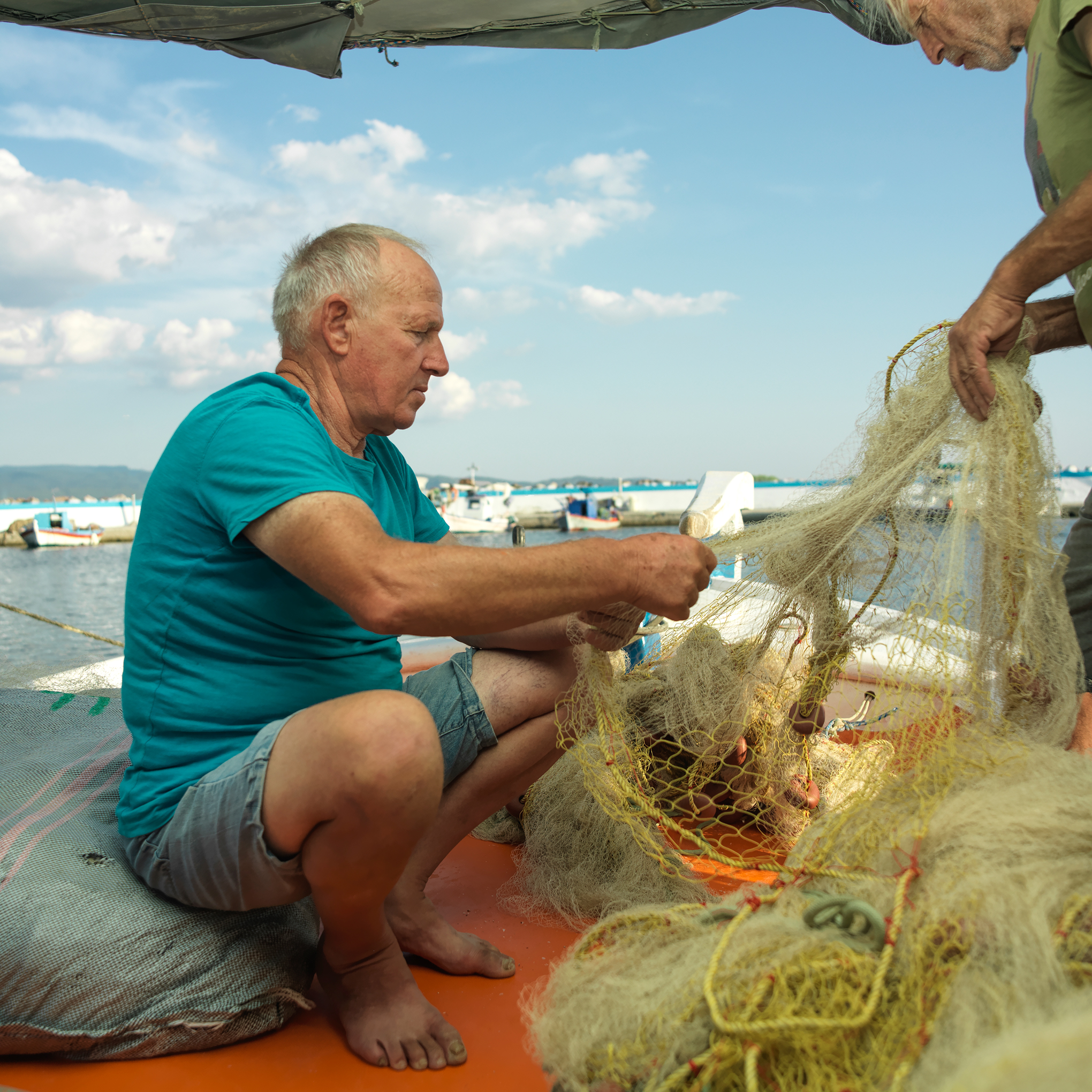
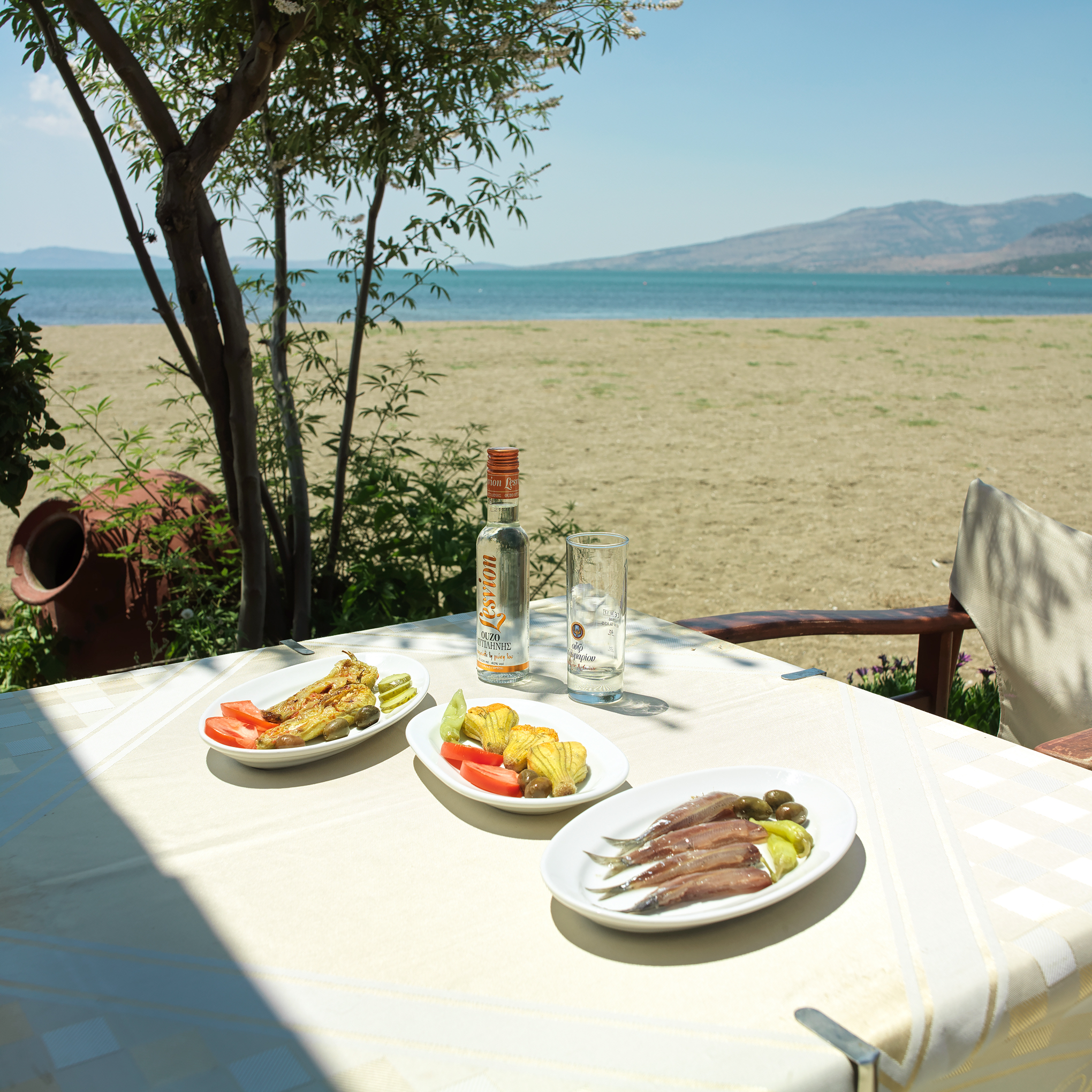
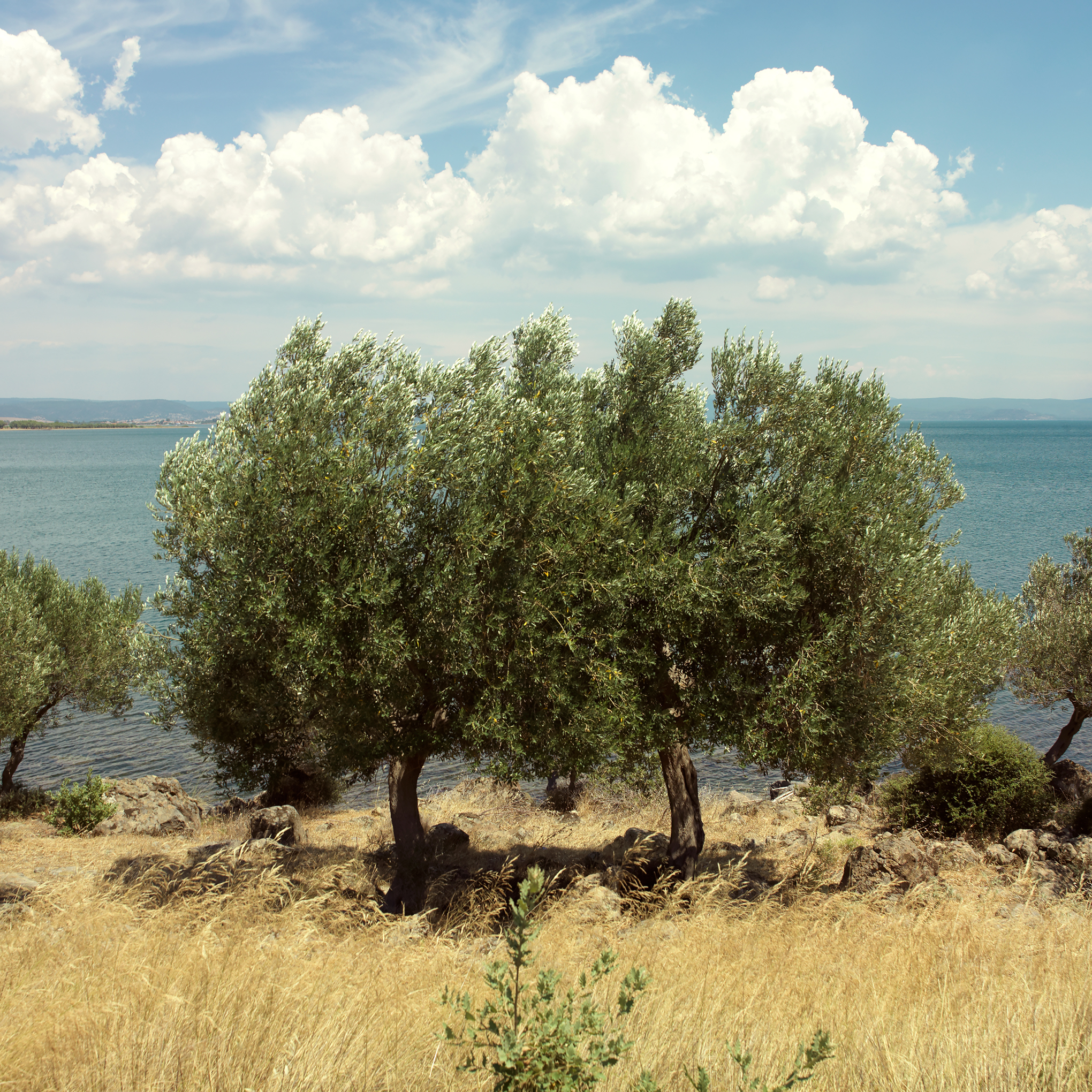
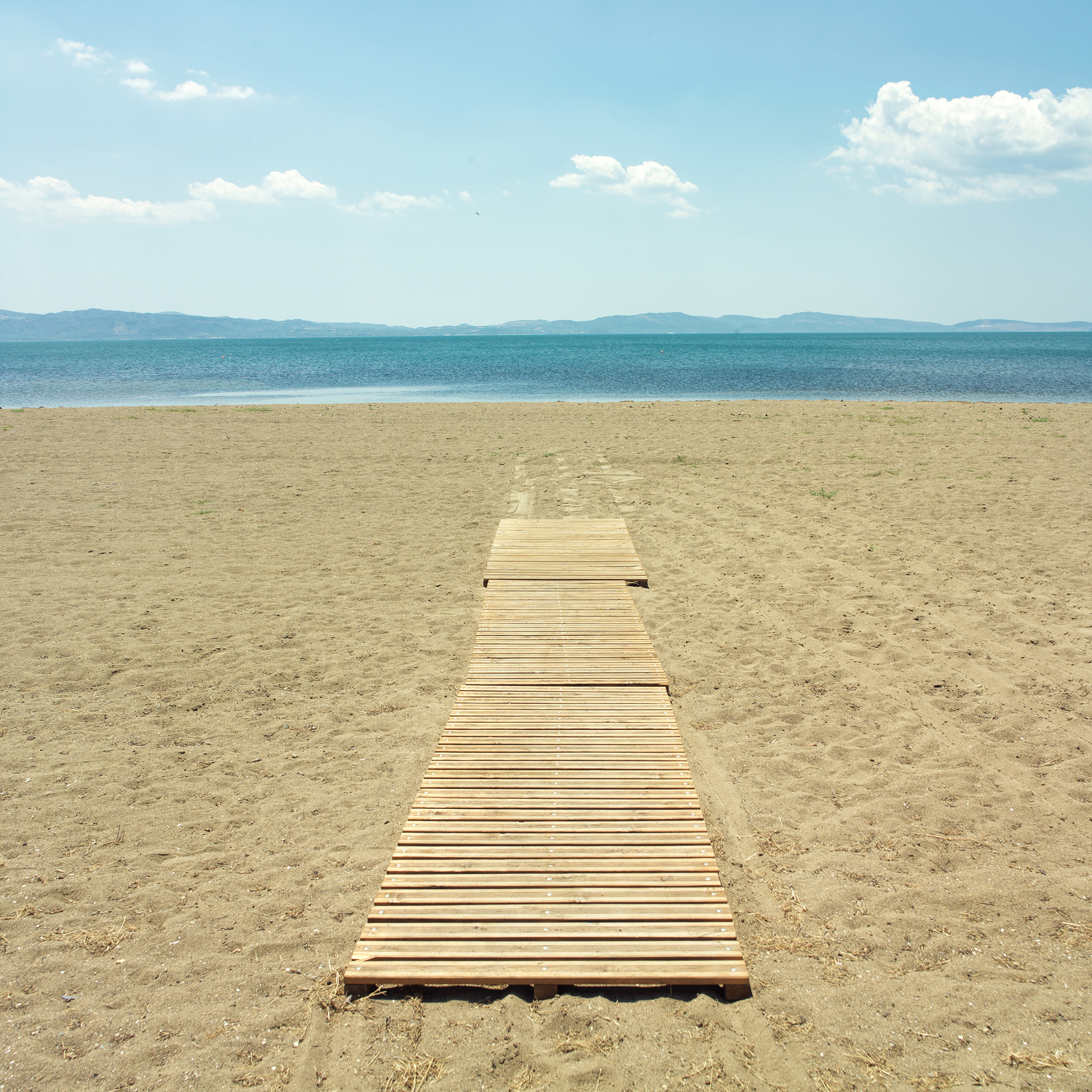
Kalloni gulf wetlands
An alternative tourism attraction, the Kalloni gulf wetlands are renowned abroad as a birdwatching destination. The entire sea area within the gulf serves as an important eco-system for birds.
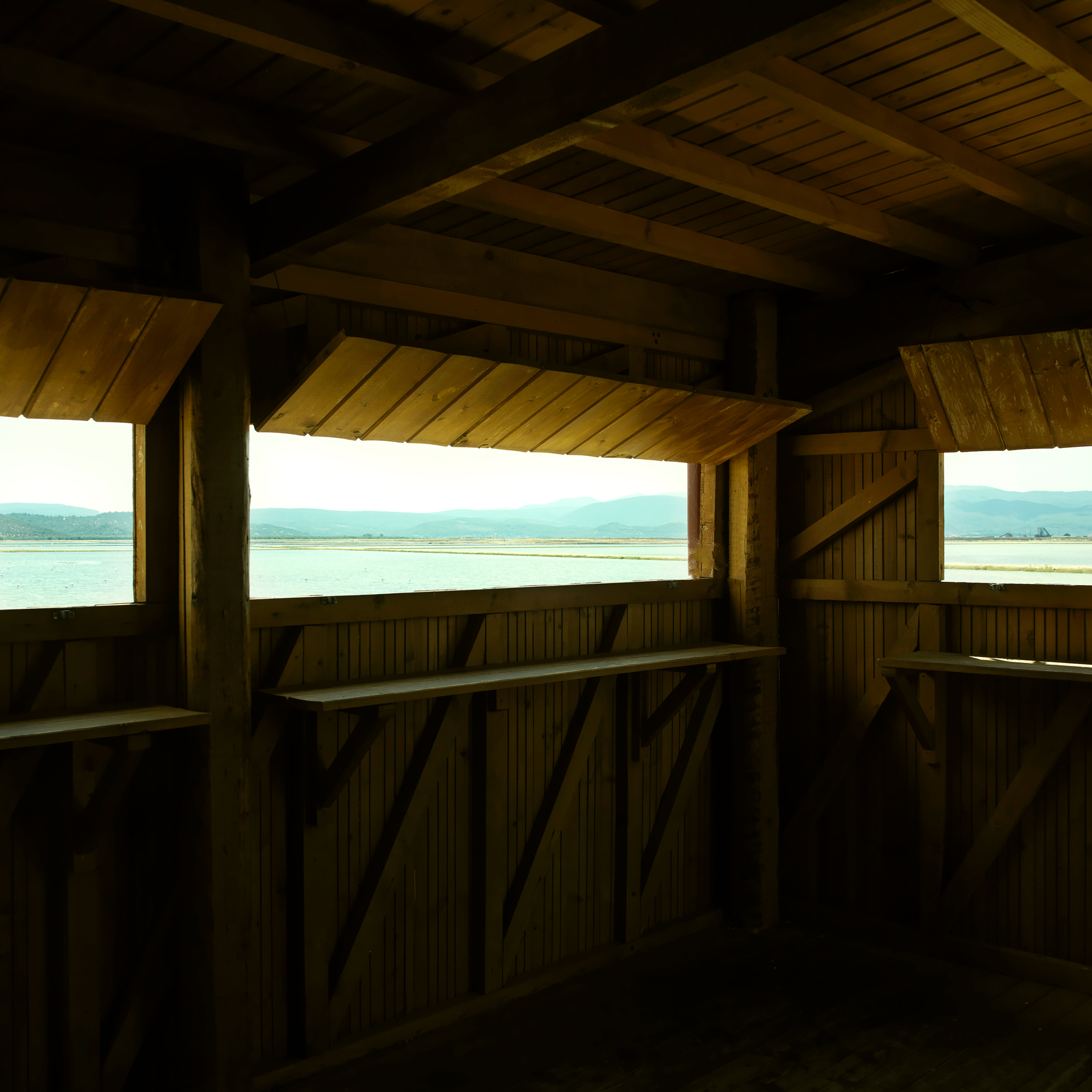
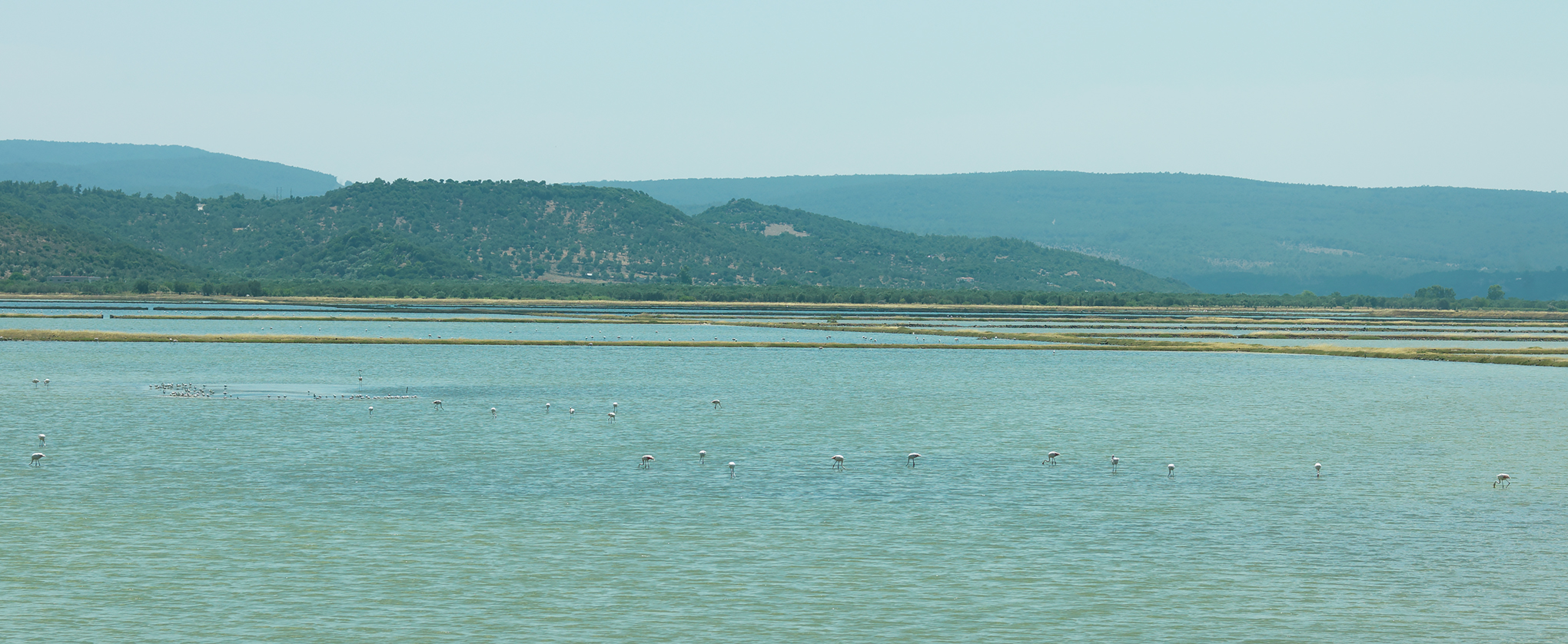
The Agia Paraskevi salt marsh area is undoubtedly the wider region’s most important birdwatching area. The Agia Paraskevi Municipality has established an observatory here. Birdwatching tourists prefer to visit Lesvos in spring, between mid-April and mid-May, to observe the migration of birds flying to Europe from Africa, following a winter spent on the African continent. The Kalloni gulf wetlands attract large numbers of various bird species during spring, including wild geese, wild ducks, wild swans, herons, kingfishers, copperpoxes, avocets, pelicans, seagulls, swallows and pink flamingos.
Agiasos
Situated on the slopes of Mount Olympus, at 460 metres, Agiasos has a dry climate and mountain breezes from winter to summer. The local village dialect highlights the location’s distinctive culture, while the local humour is ubiquitous, manifested through mottos on jugs and walls and the talk at cafes. Agiasos features tall houses with big front doors and intense colours. The village tailor shop takes you back to previous times.
The bakeries produce renowned vasilopita, a pie with many phyllo layers and myzithra cheese, throughout the year. Definitely buy some local touloumisio cheese, wrinkled olives, walnuts and crab apples.
An unusual halva recipe, hailing from Asia Minor, is preferred at Agiasos. Enjoy a coffee, brewed on hot sand, at the café named after the village, or kainari, a unique traditional herbal tea. The spot’s handmade bougatsa cream pie is also recommended. For assorted small meze dishes head to Papel in the Stavri area.
Plomari
Plomari, the island’s heartland of ouzo production with many distilleries, also features hotels, cafes, including charming traditional cafes, confectionary shops, ouzeri spots, serving ouzo and meze side dishes, as well as some of the most impressive and cleanest beaches to be found on Lesvos – Plakakia, Ammoudeli, Agia Varvara and Agios Isidoros.
Toumba Eco Farm Guesthouses in Plomari offer more alternative island accommodation. This facility, situated between the Milies and Kariona areas, was named after a rounded hilltop, where the guesthouse is located, 500 metres above sea level. The location offers a panoramic view of the surrounding mountains, slopes and sea.
The farmland, on a 3.3-hectare expanse, offers five guesthouses – each measuring 40 m2 and catering to four persons – as well as a café ideal for morning or afternoon coffee and local vegetarian dishes. Besides the mountain ambience and tranquility, the spot offers horse riding on any of its five local pedigree horses, as well as walks along trails and to abandoned villages. These routes, running through pine forests and olive groves, unveil gorgeous landscapes.
Skala Eresou
The village Eresos is mountainous but not far from the beach. During the summer months, seaside Skala Eresou, whose sandy beach stretches nearly 2km, becomes the focal point of activity.
The area offers small tavernas and bars, all by the beach, as well as jewellery shops and outlets stocked with all summer needs. The beach begins from the seaside village and reaches a rock formation at the other end. Some parts are serviced with sunbeds and beach umbrellas as well as a number of bamboo-built canteens. Overall, this spot is a little paradise.
Eressian Hotel & Hammam Spa
This lovely and discreet luxury boutique hotel and its atmospheric hammam have established the village Eresos as a destination. Housed at a refurbished building from 1850, the hotel offers two double rooms on the second floor, named Maria and Niki, a suite named Sappho and a ground level suite, Elpida. The spot’s well-kept luxurious features, certainly not opulent, offer guests relaxation.
Petrified Forest of Lesvos
In western Lesvos, where lava and volcanic ash have merged with the Aegean’s deep blue waters, time and the waves are gradually shedding light on fossilised remains of plants and trees, which lived millions of years ago.
Big and small fossilised trees of various colours and species, both standing and lying horizontally across the ground, feature roots and branches that are enigmatically intertwined.
The Natural History Museum of the Lesvos Petrified Forest is situated in the village Sigri and can be reached by bus, car or motorbike. Petrified Forest discoveries are on display. The museum highlights the geohistorical evolution of the Aegean.
Gastronomic destination
Lesvos is one of Greece’s most significant and interesting gastronomic destinations, offering superb local produce, cuisine and gastronomy, largely unexploited, in terms of tourism industry interests. There are many reasons behind the island’s rich gastronomy.
Key factors include the island’s large output of significant produce; the island’s advanced urban class and overall influence on the islanders; influence of Asia Minor cuisine; as well as the local production of ouzo, a spirit requiring meze side dishes.
Recommended culinary delights:
Dolmadakia gialantzi (vine leave wraps) with rice, onion and spices
Sougania (onions stuffed with mince and rice)
Giouzlemedes (fry-pan cheese pies with handmade phyllo)
Sfouggato (egg-rich pie with zucchini
Meat balls with ouzo and cumin
Stuffed courgette flowers, fried
Salt-cured anchovies in olive oil and vinegar
Salt-cured Kalloni sardines
Octopus
Stuffed calamari
Scallop pilaf
Fine local products
First and foremost, the island’s renowned ouzo; honey; olive oil (the quality of local produce has drastically improved in recent years); olives; renowned salt-cured sardines; hahles (trahana pasta); salt-preserved anchovies, mackerel and skipjack tuna; local sausage and pastourma (cured meat); a range of dairy products, including sheep’s milk yoghurt, feta, PDO kaseri, graviera, kefalotyri and dried myzithra cheese varieties, as well as the renowned PDO ladotyri, a cheese variety matured and preserved in olive oil.
The Mesotopos women’s cooperative produces and sells a wide range of delicacies.
They include sweet preserves (including pear, sour cherry, cherry, water melon, citrus, zucchini, quince, apple, sour orange, bergamot, grape, fig, cherry tomato); marmalades (kiwi fruit, apricot, carrot, carrot-orange, apple, peach, orange, fig, strawberry); liqueurs (including vanilla, raspberry, apricot, sour cherry, mint, mandarin, pomegranate); pasta varieties (trahana, hahles, triftos, fides, hylopita, margarita, strifto, kohylaki, kouskousaki, manestraki); oven-baked sweets (almond cake, walnut cake, pumpkin pie, liqueur-soaked biscuits, baklava, aniseed rusks, sesame-and-honey pasteli bars, and ravani (sweet, syrup-heavy semolina cake).



